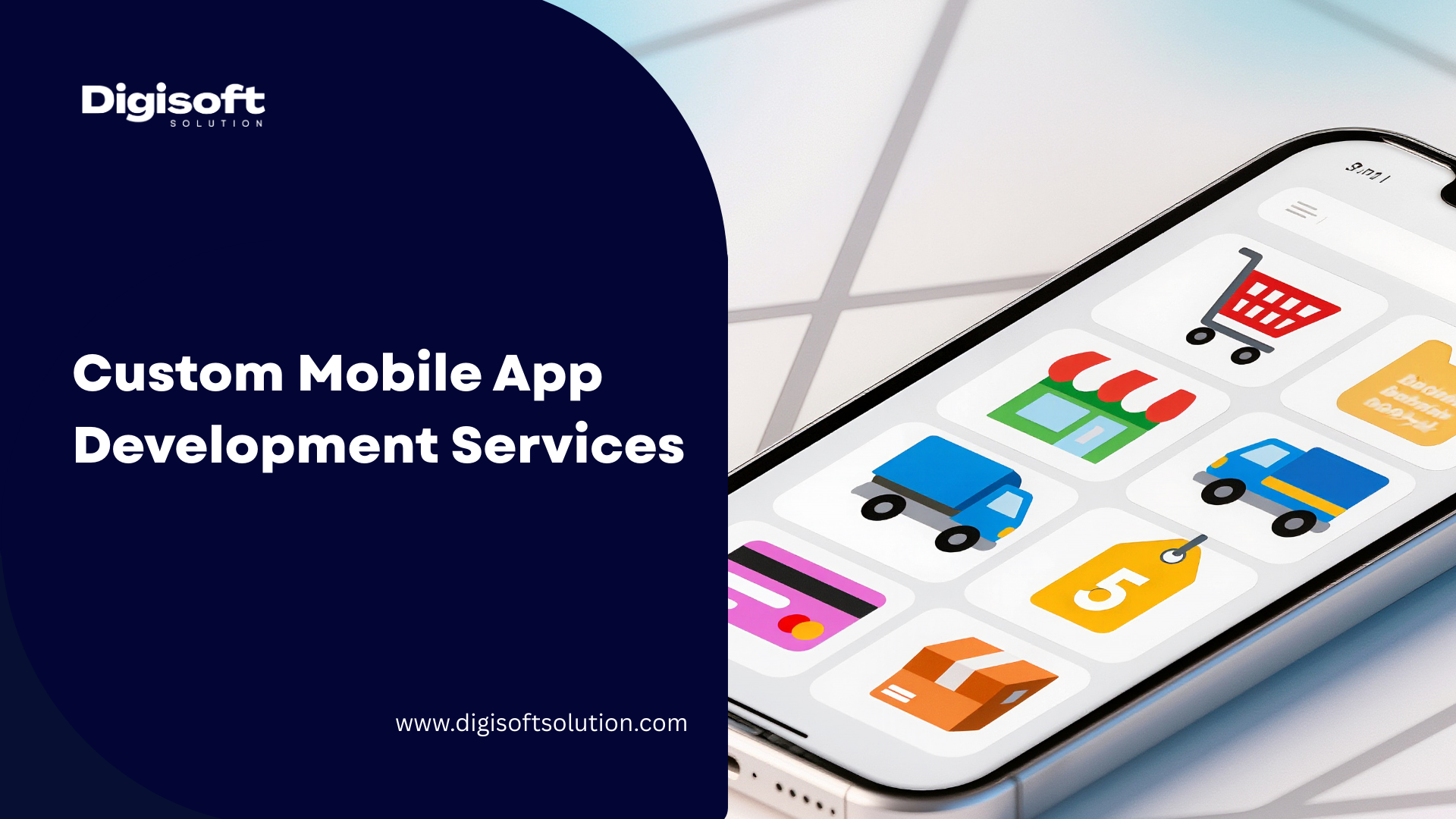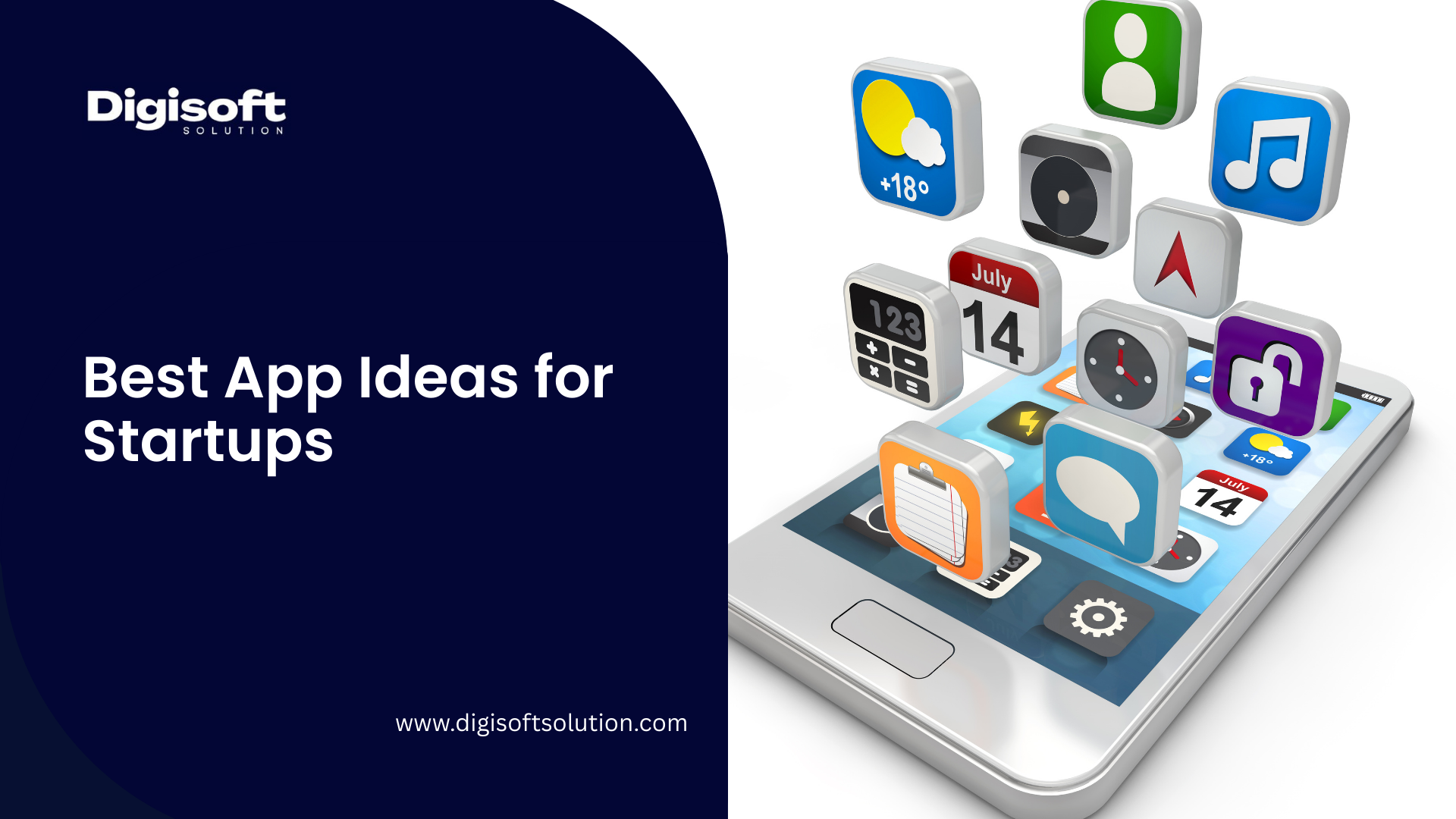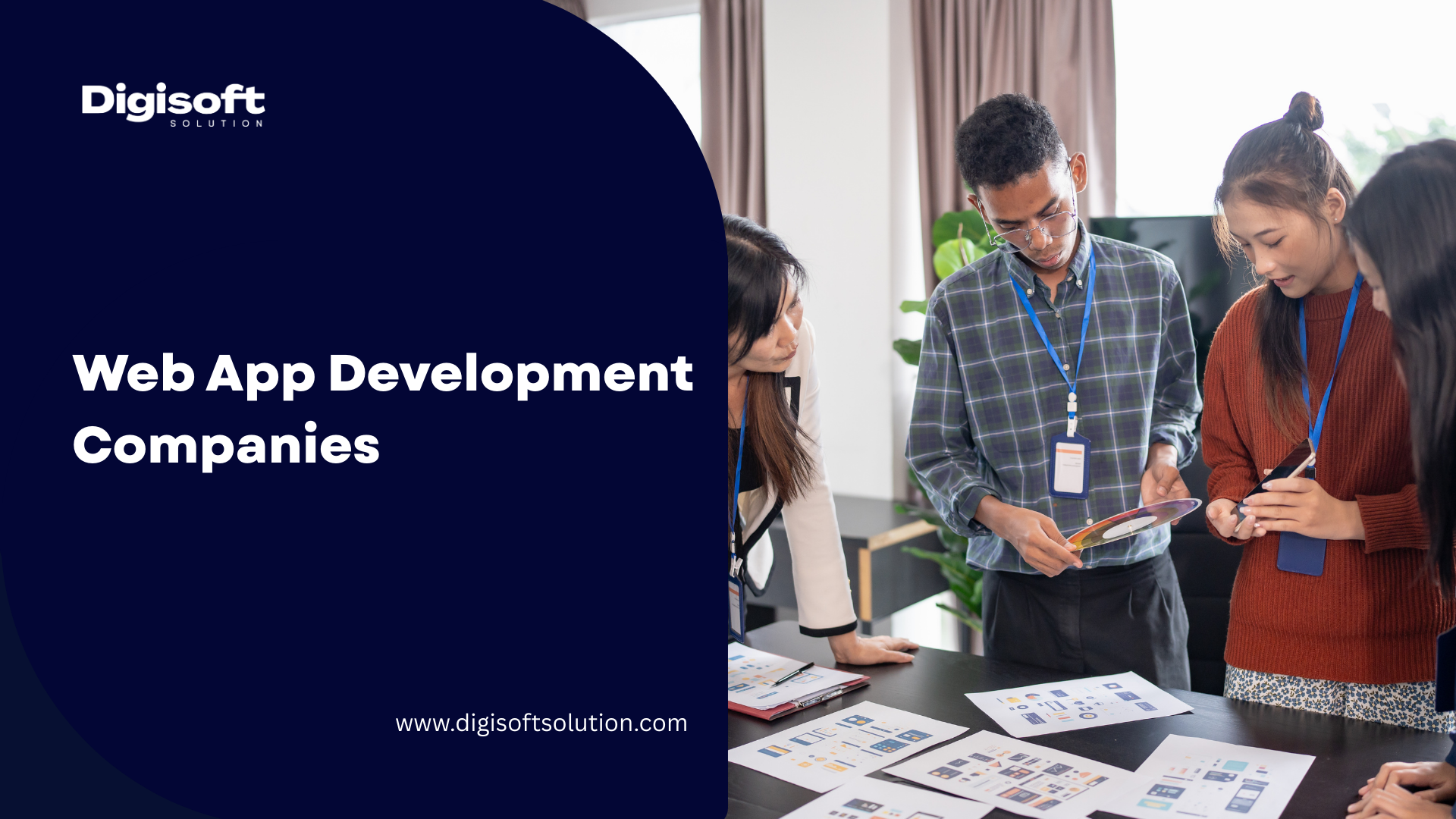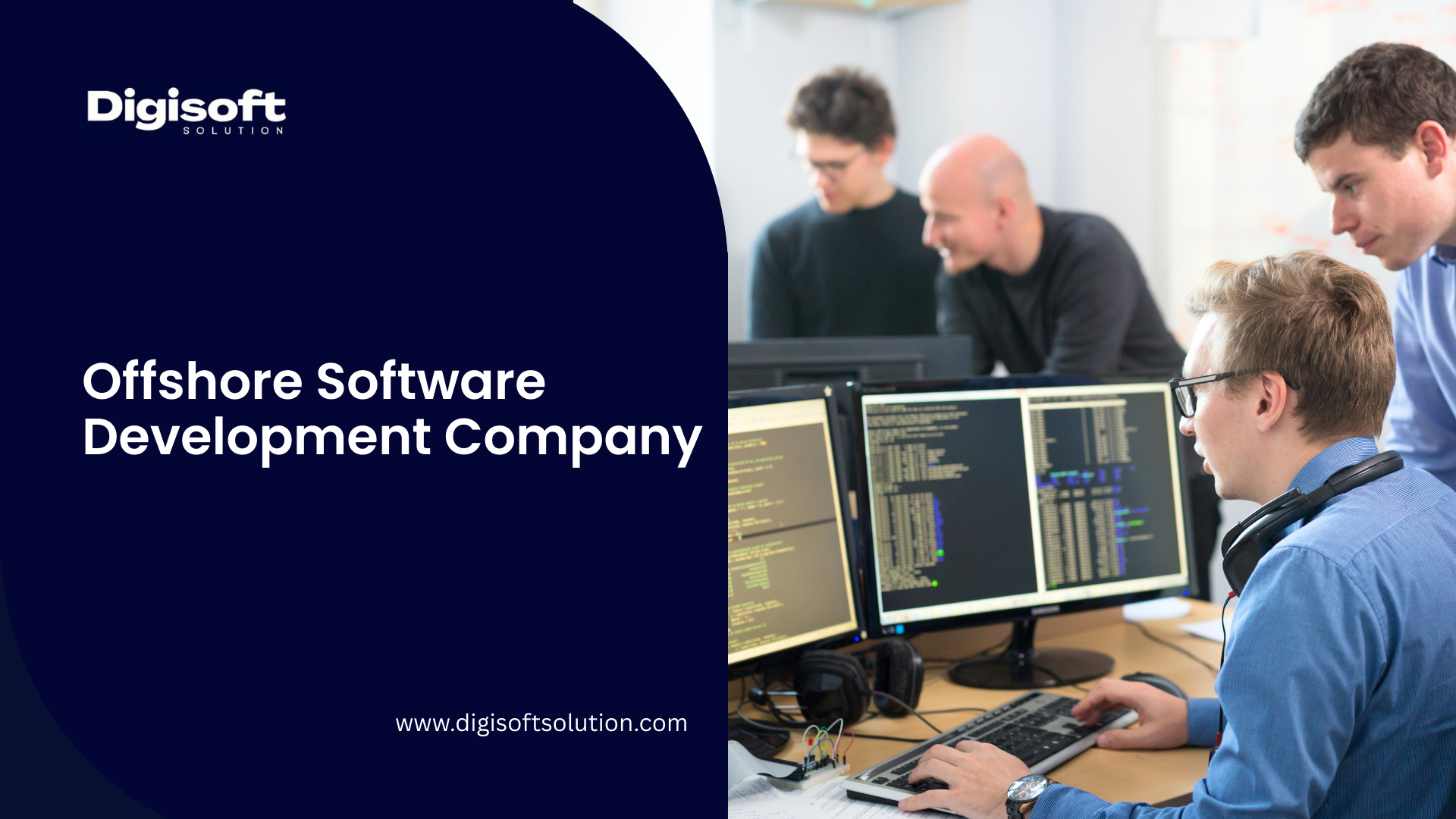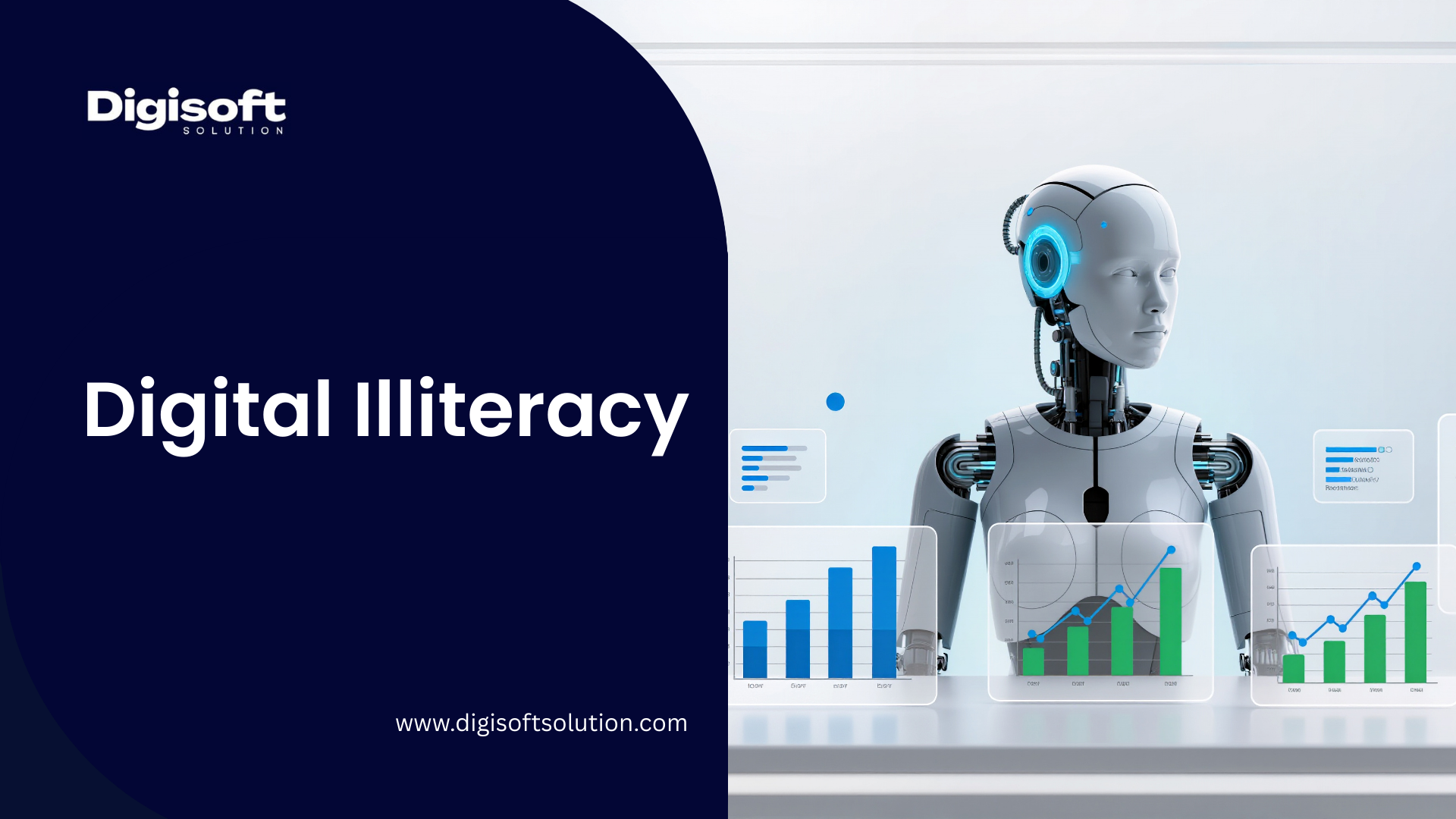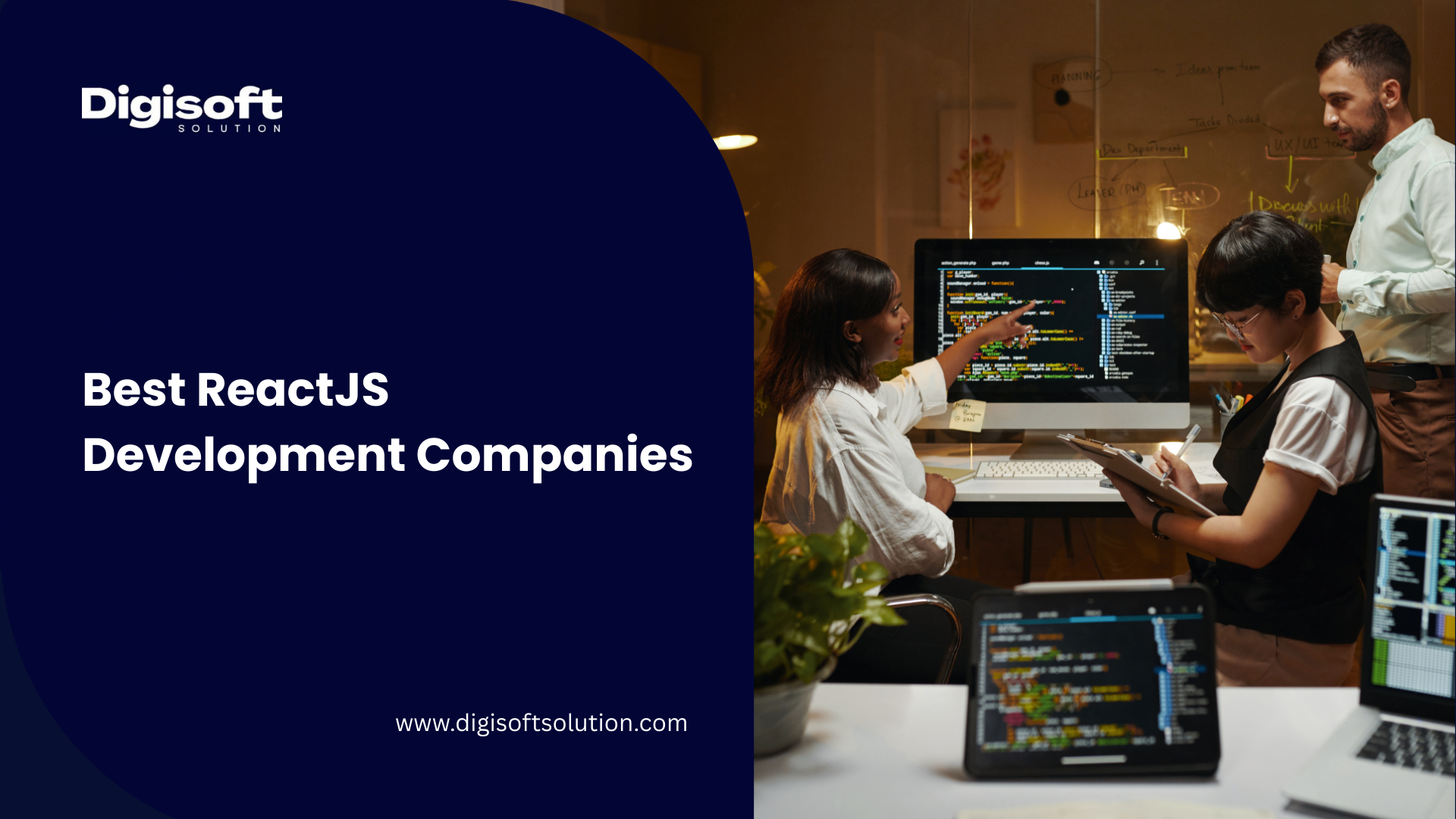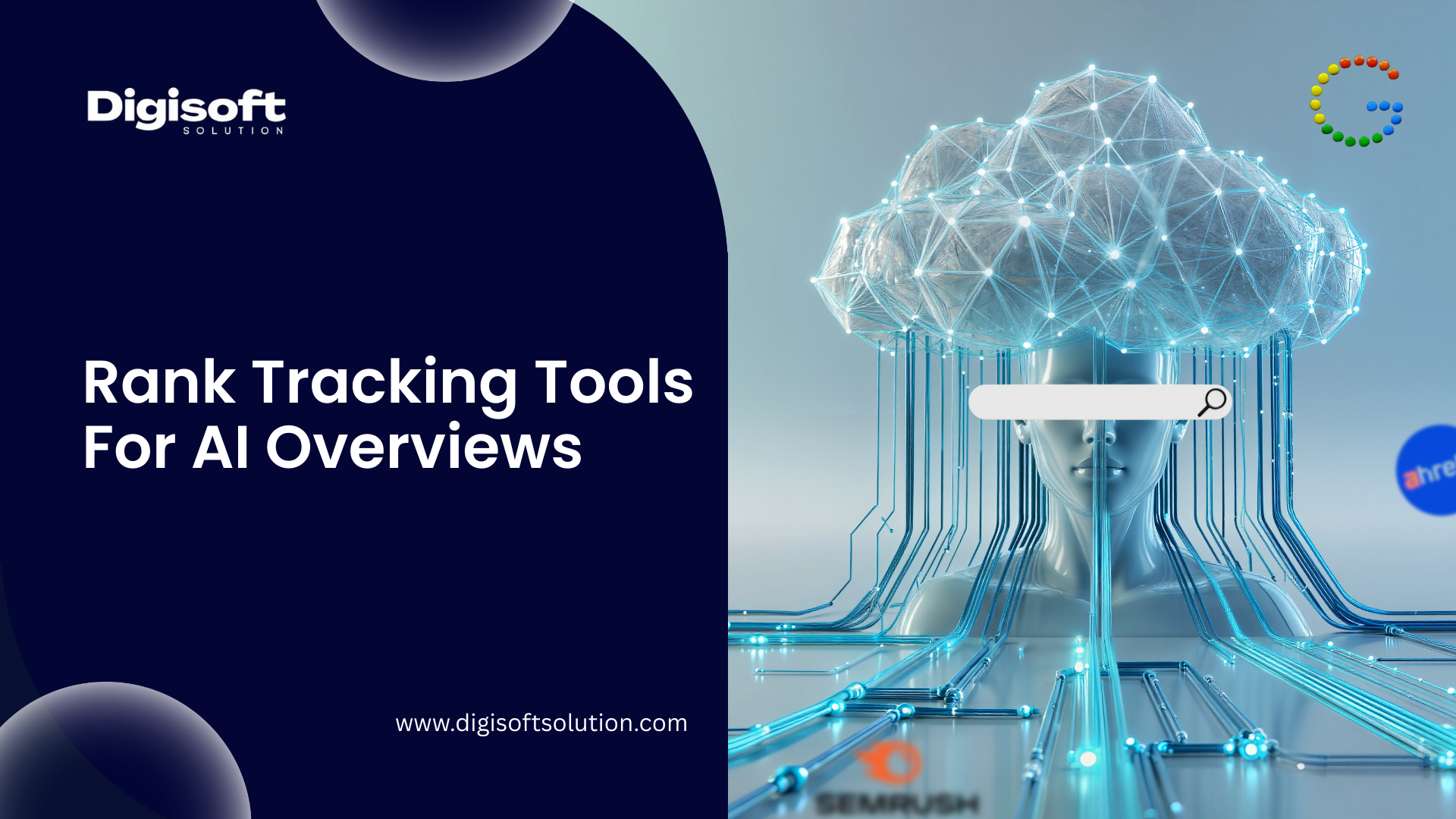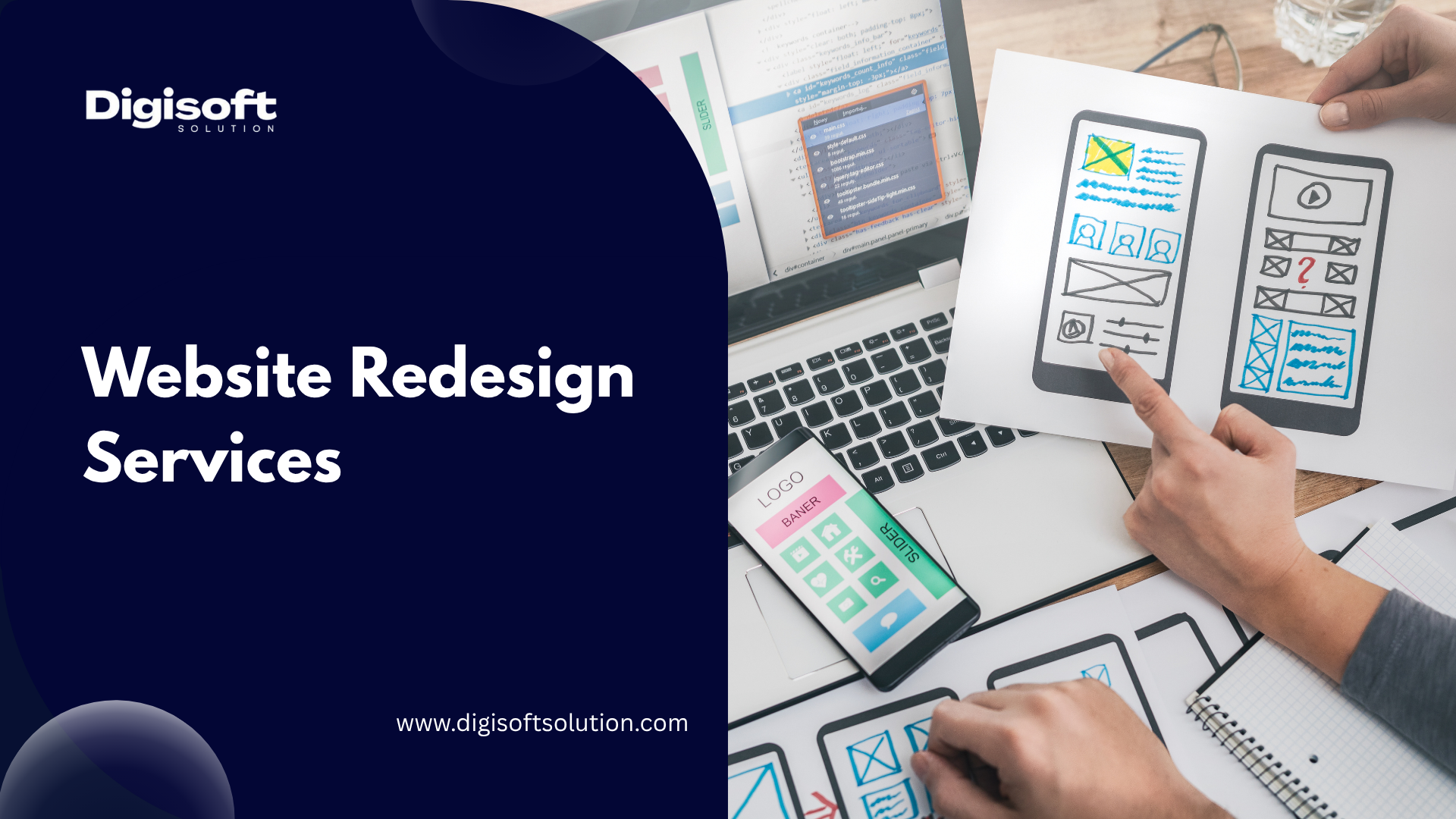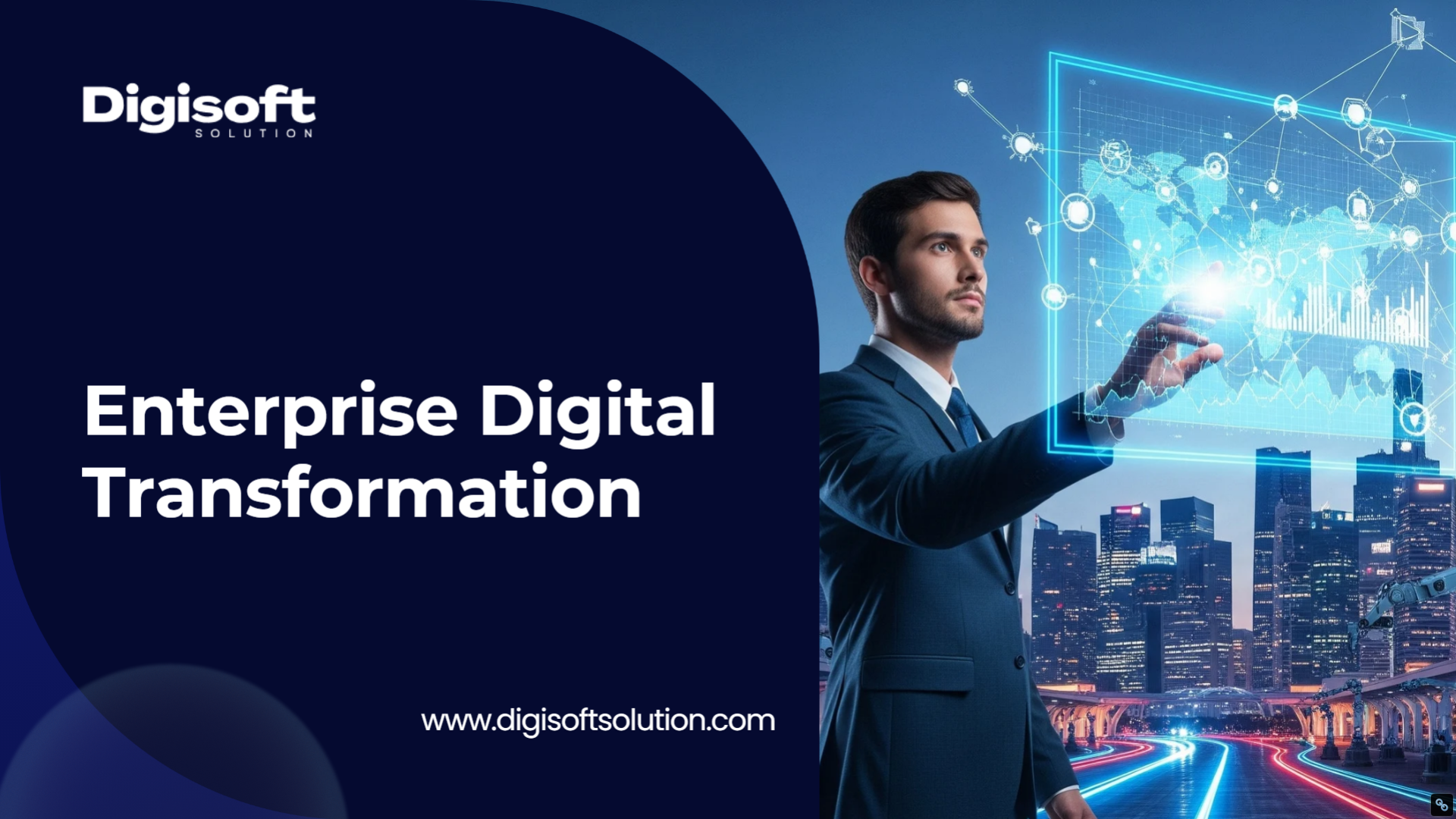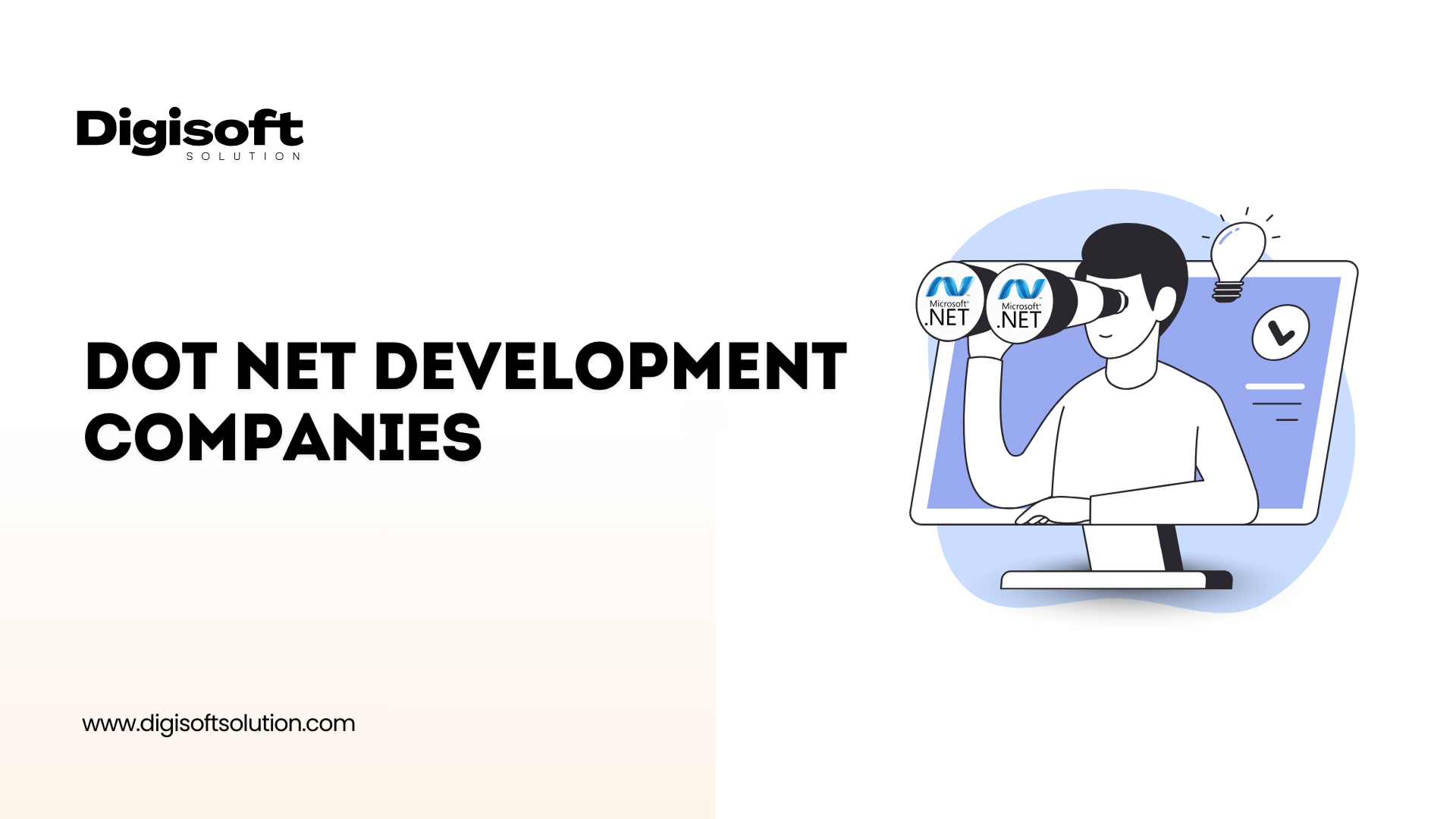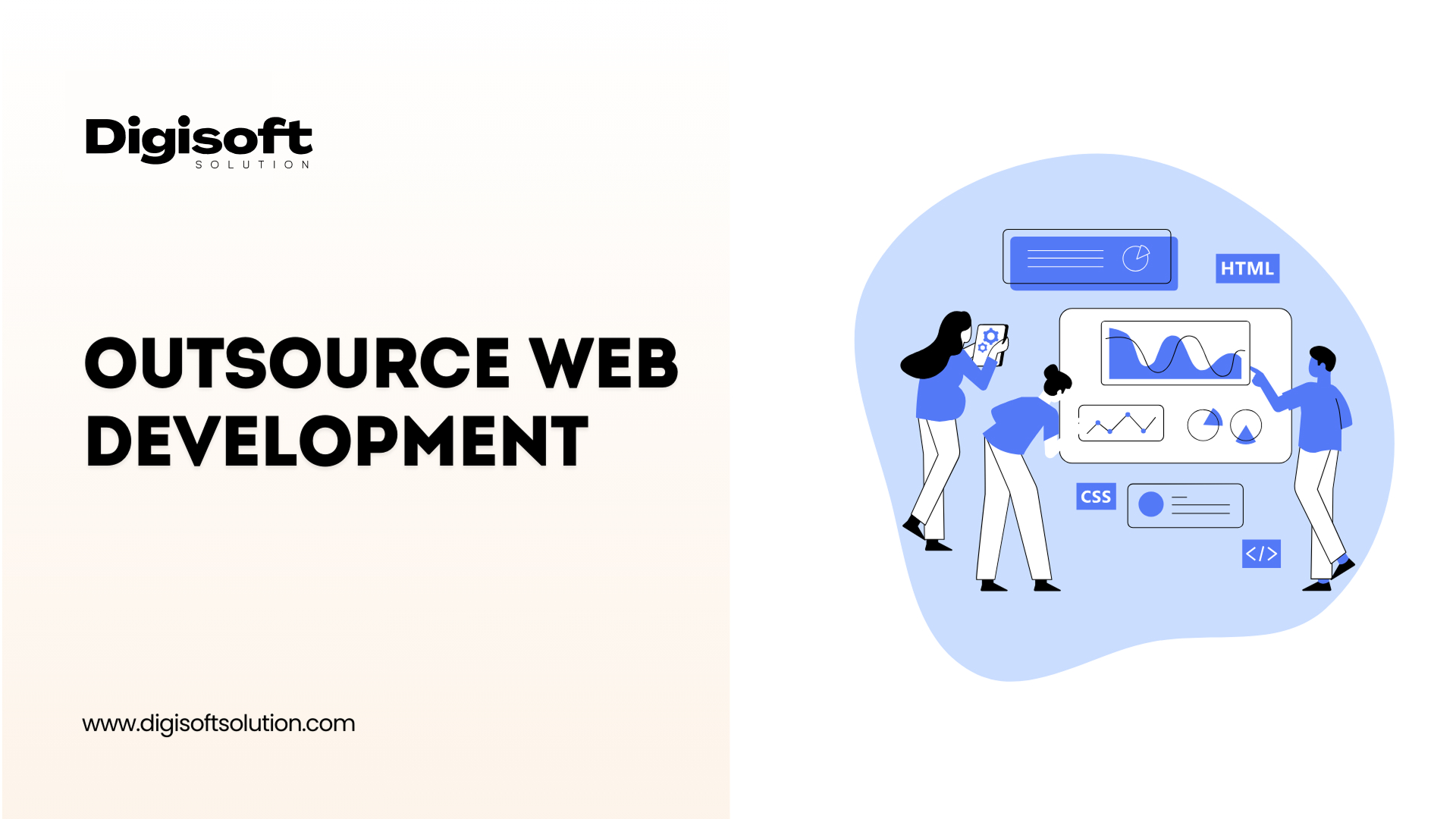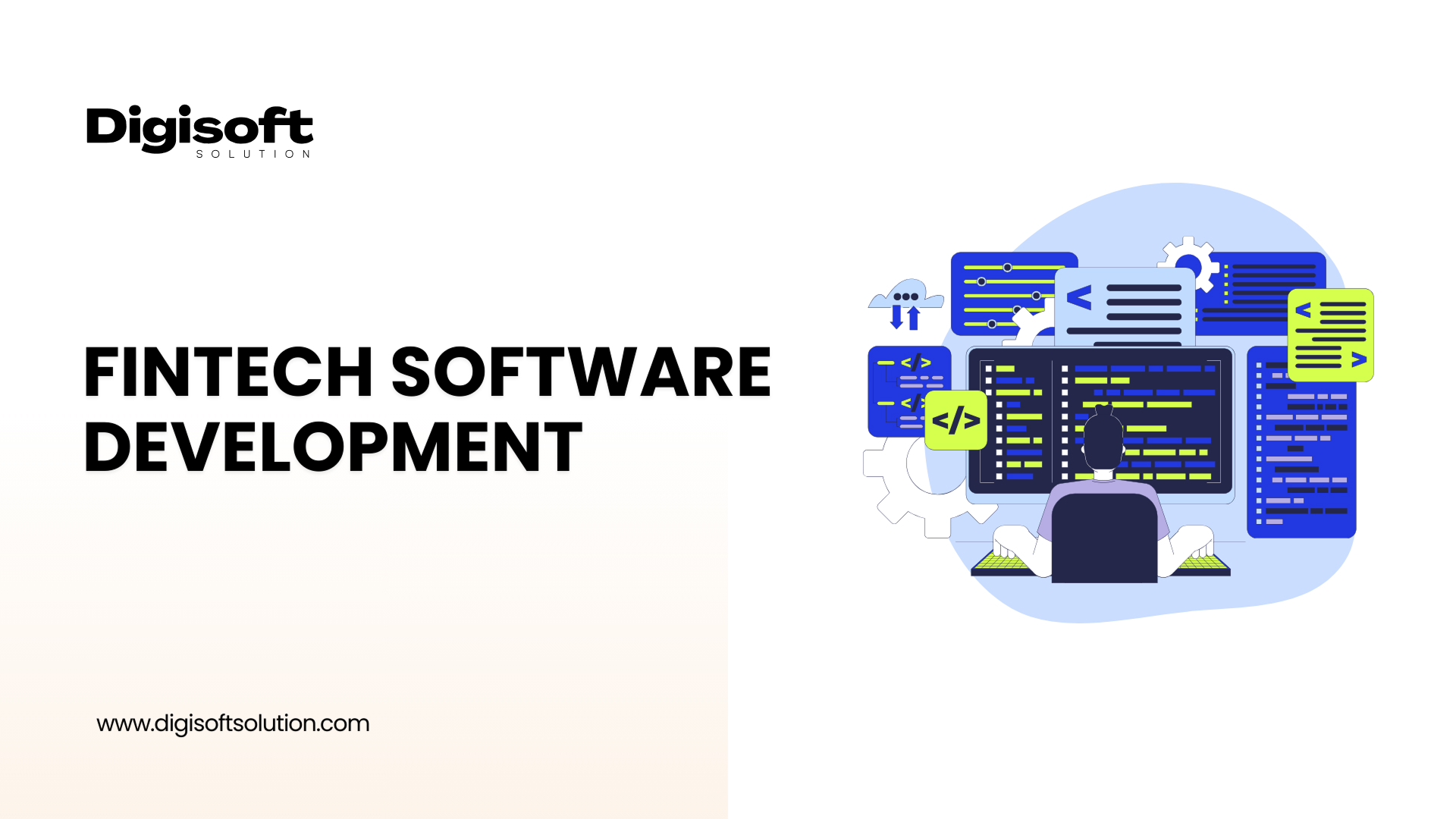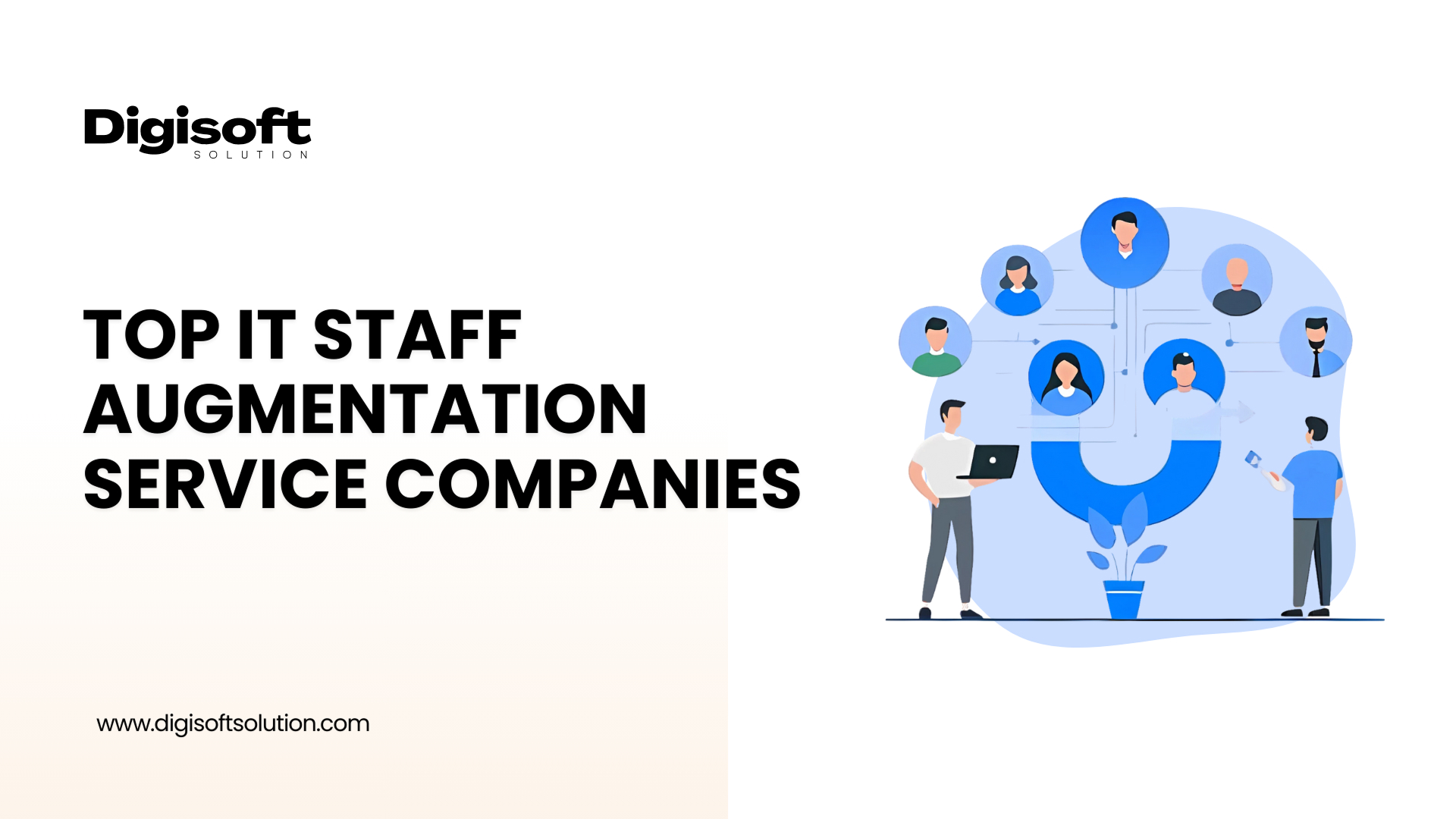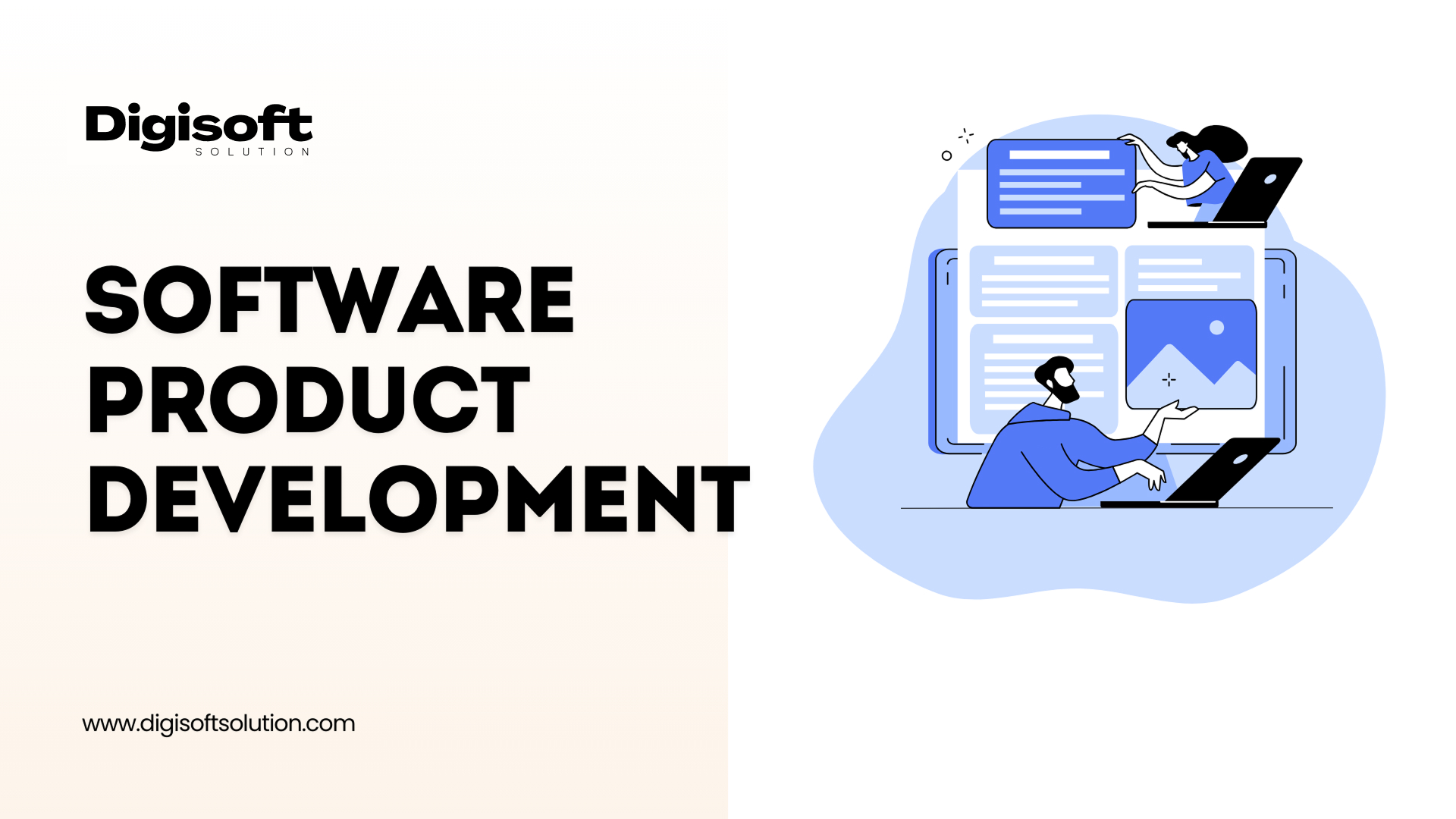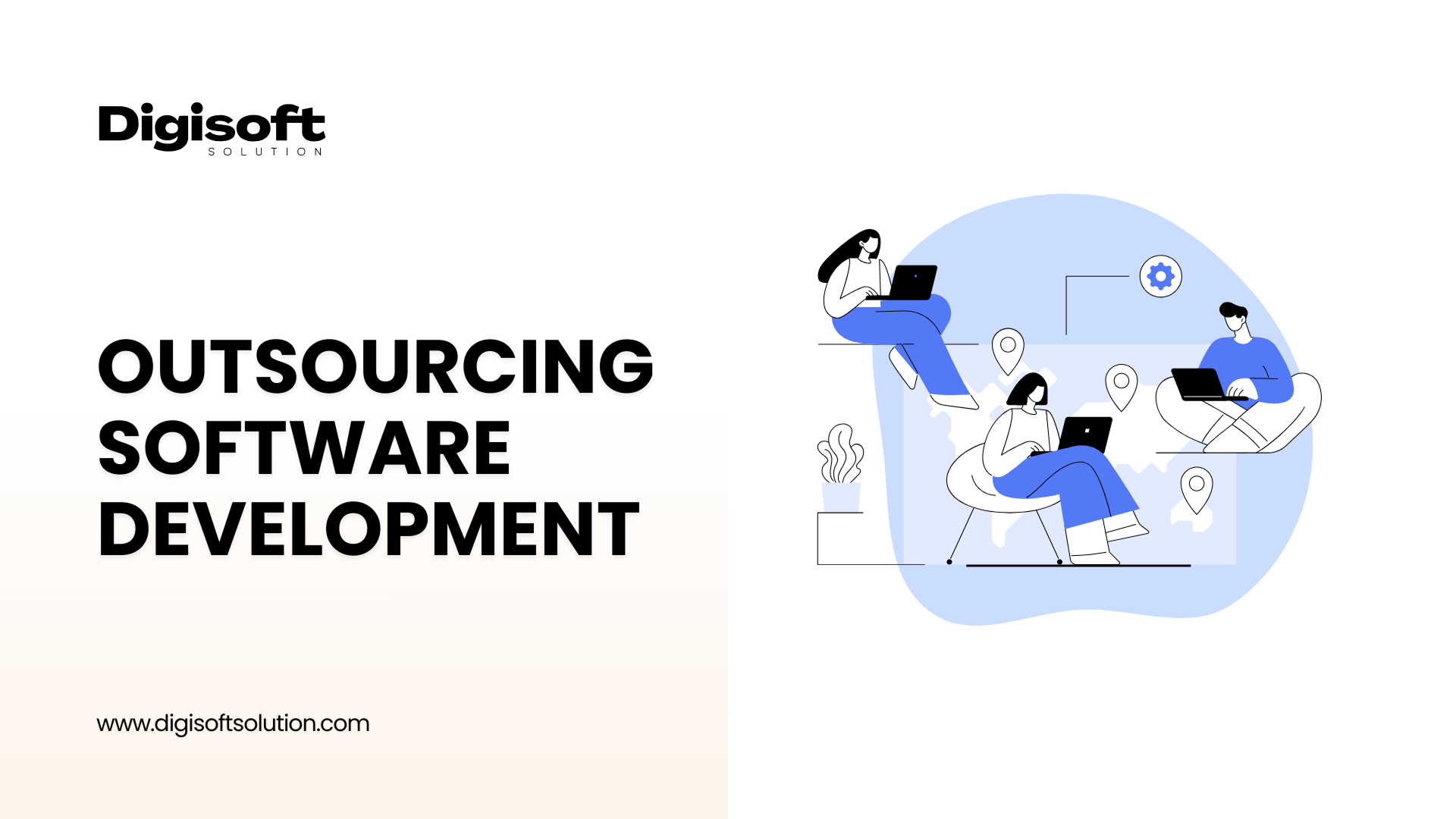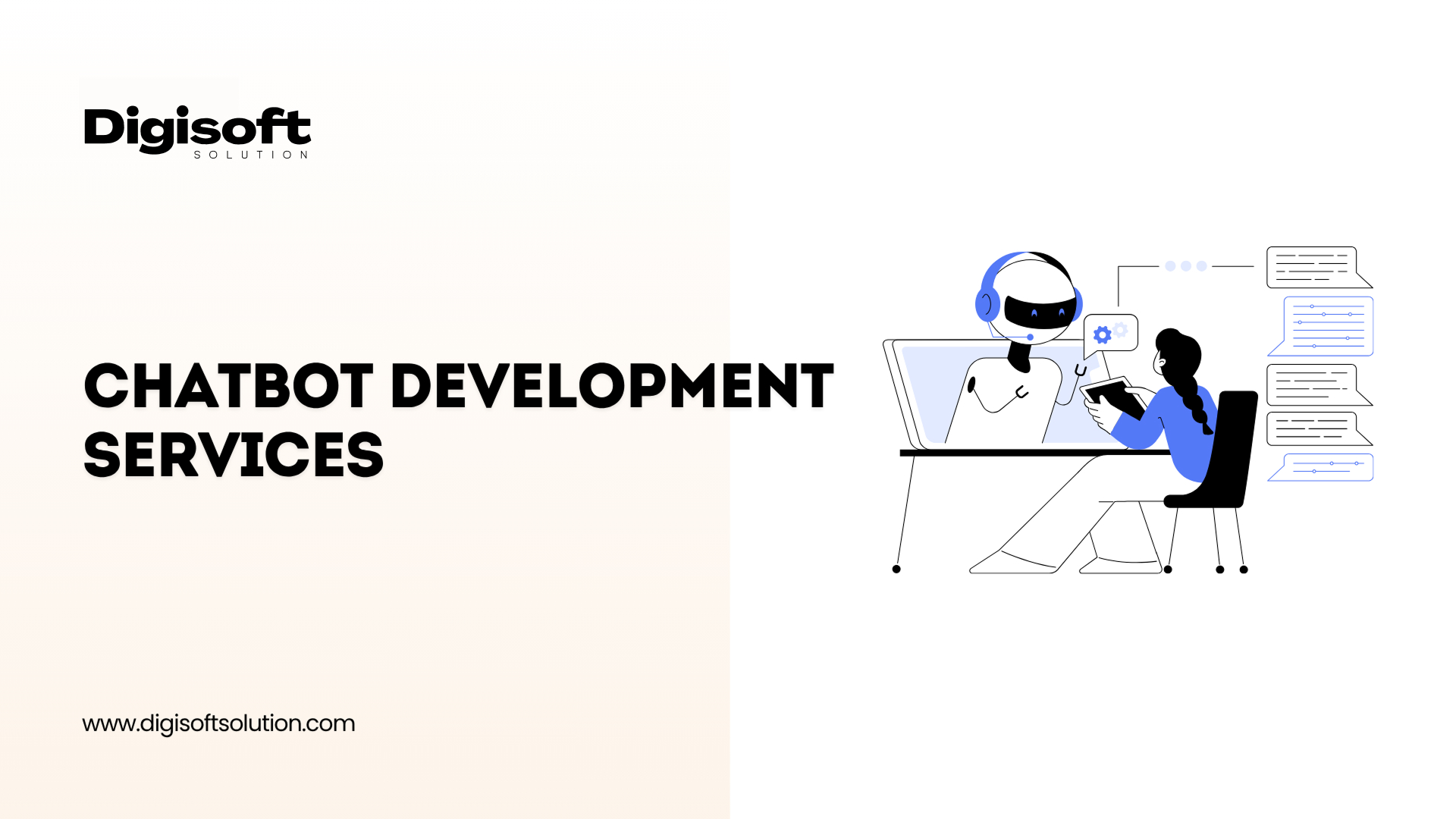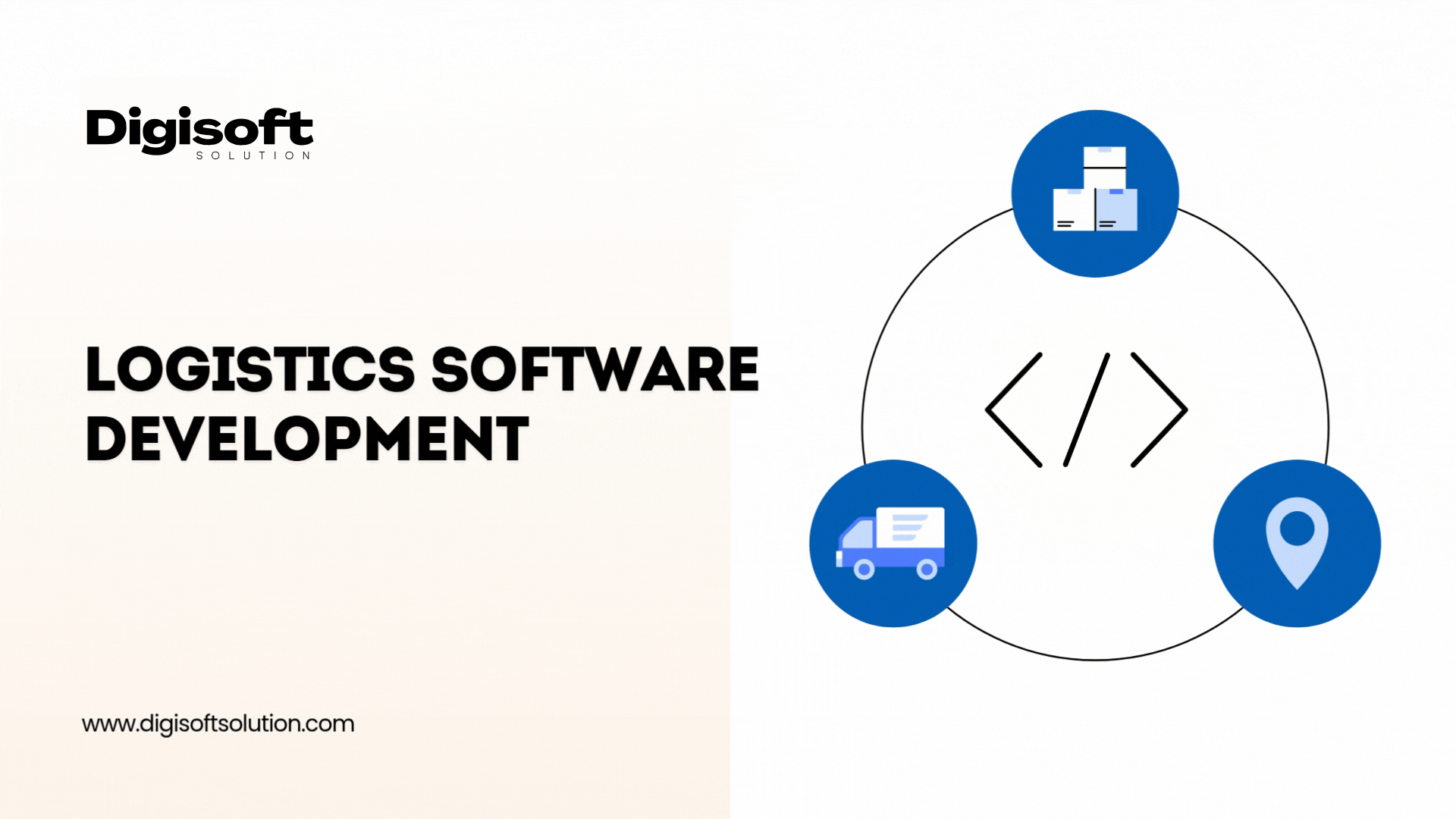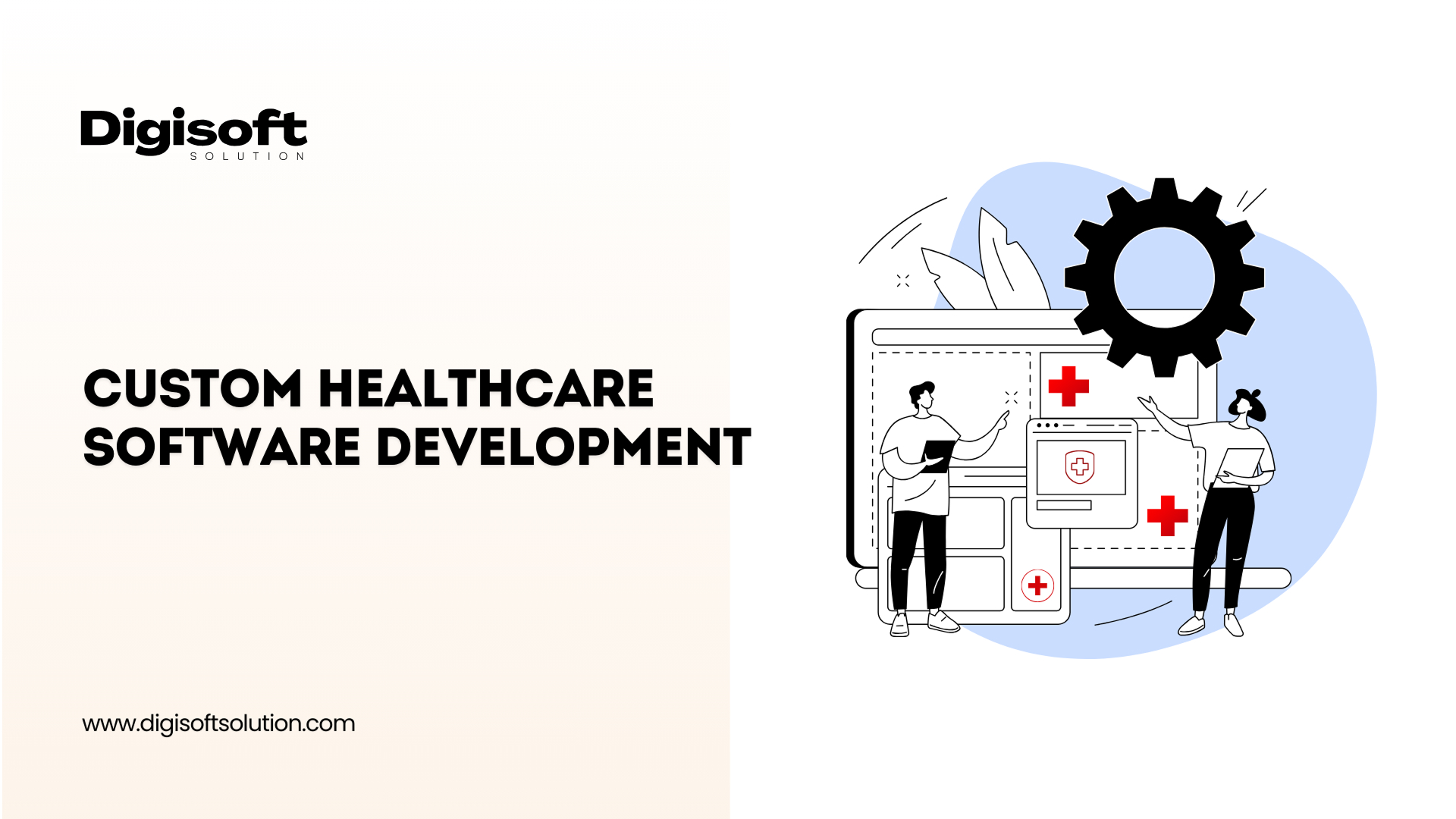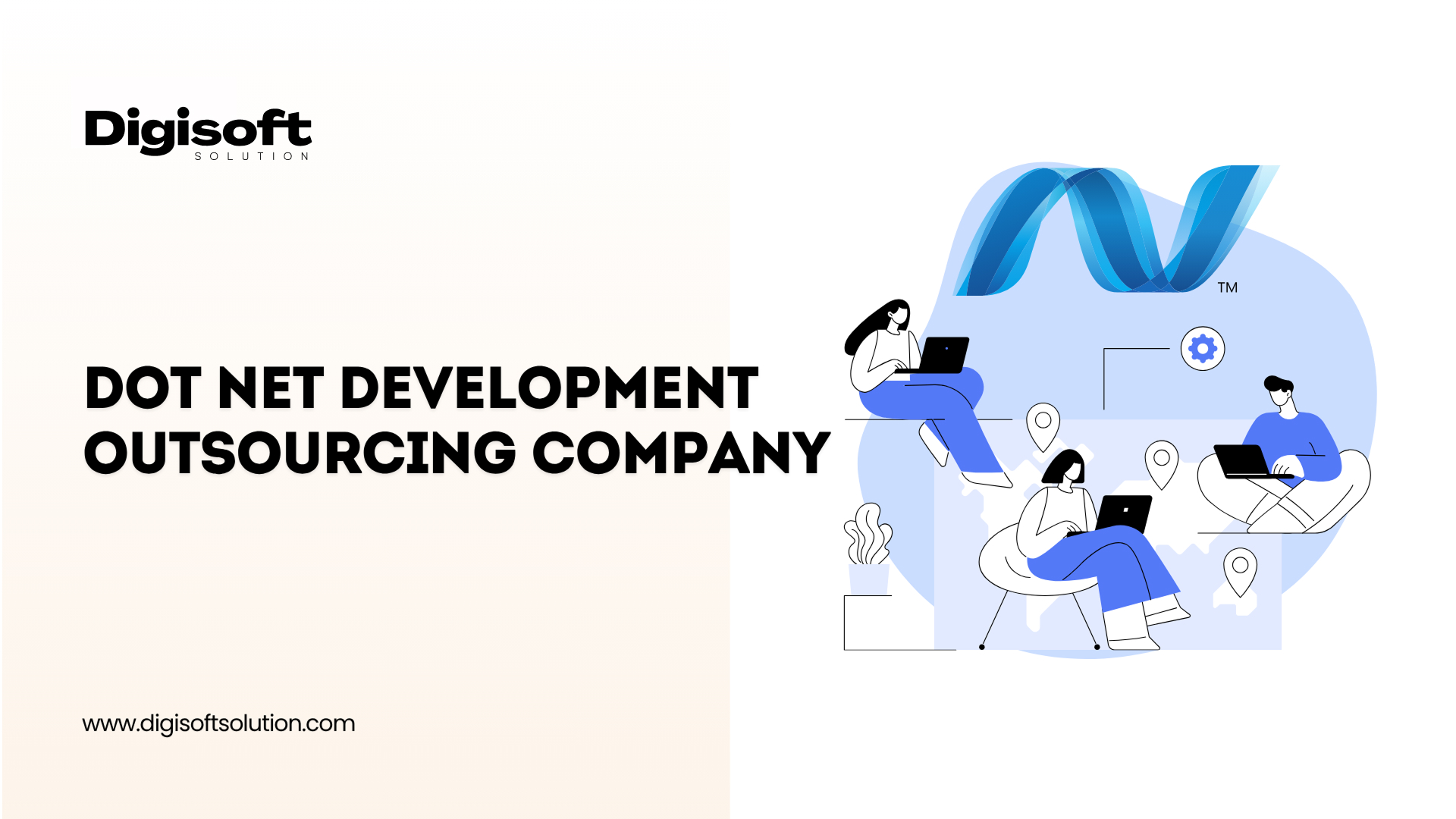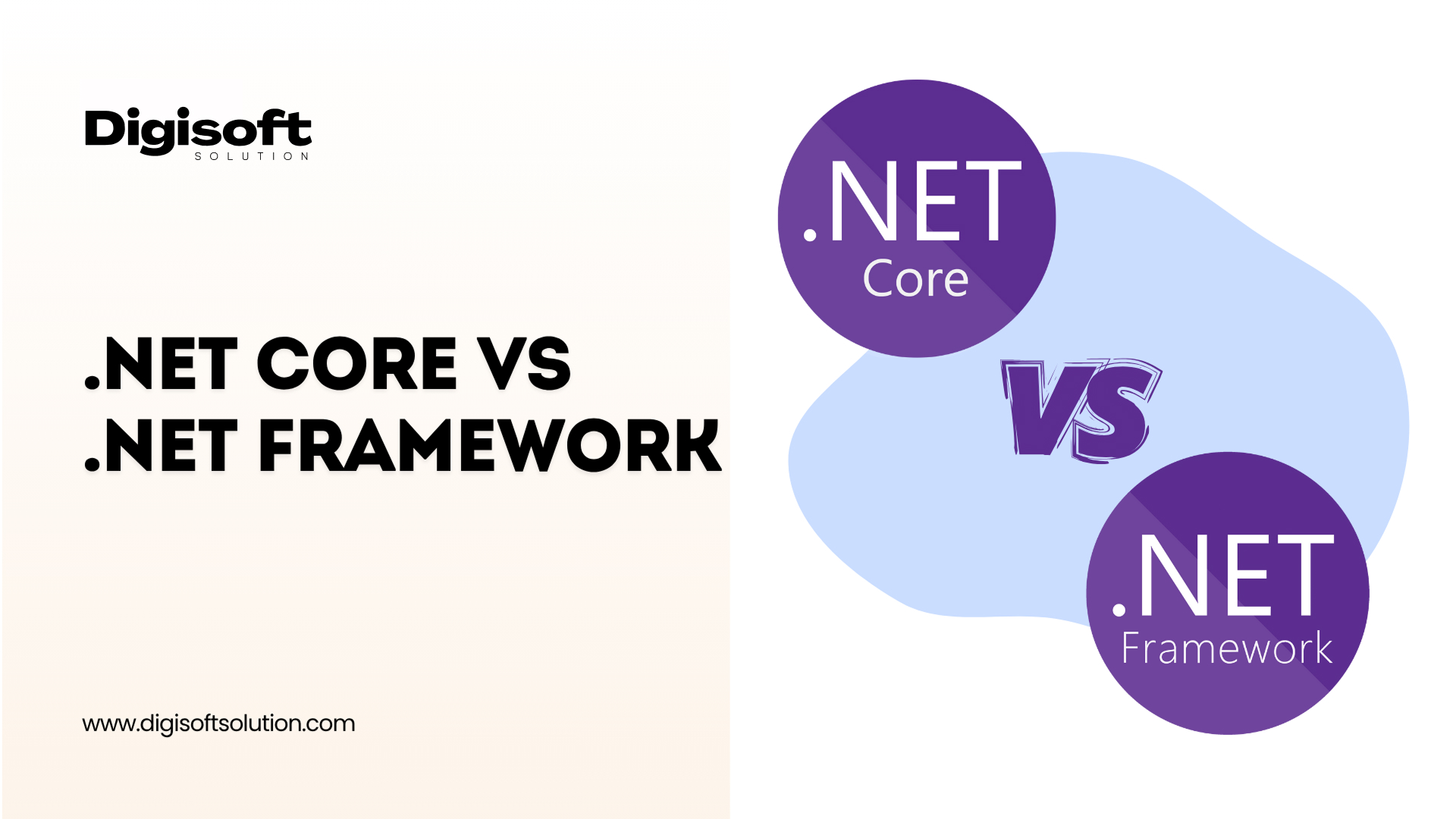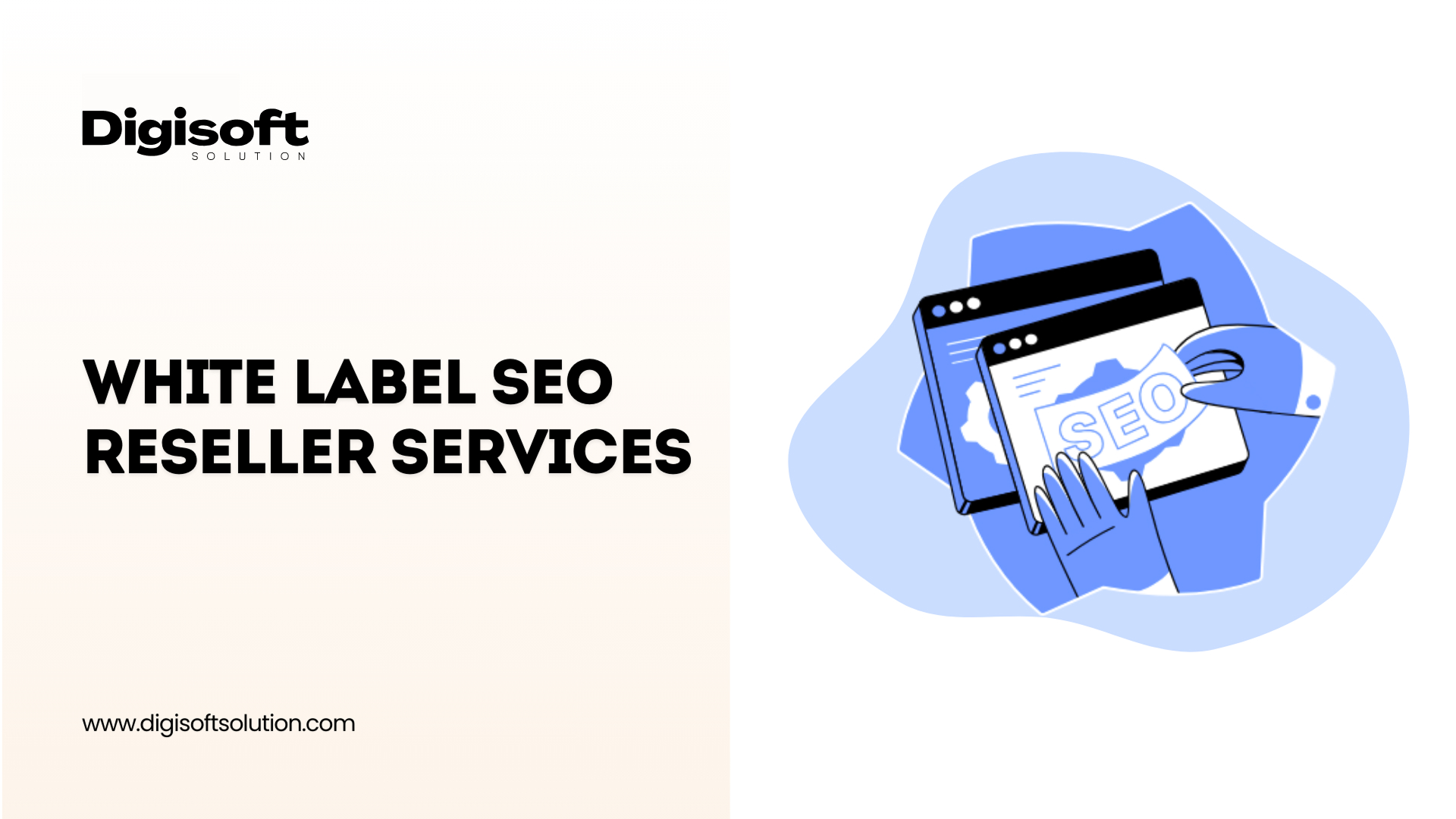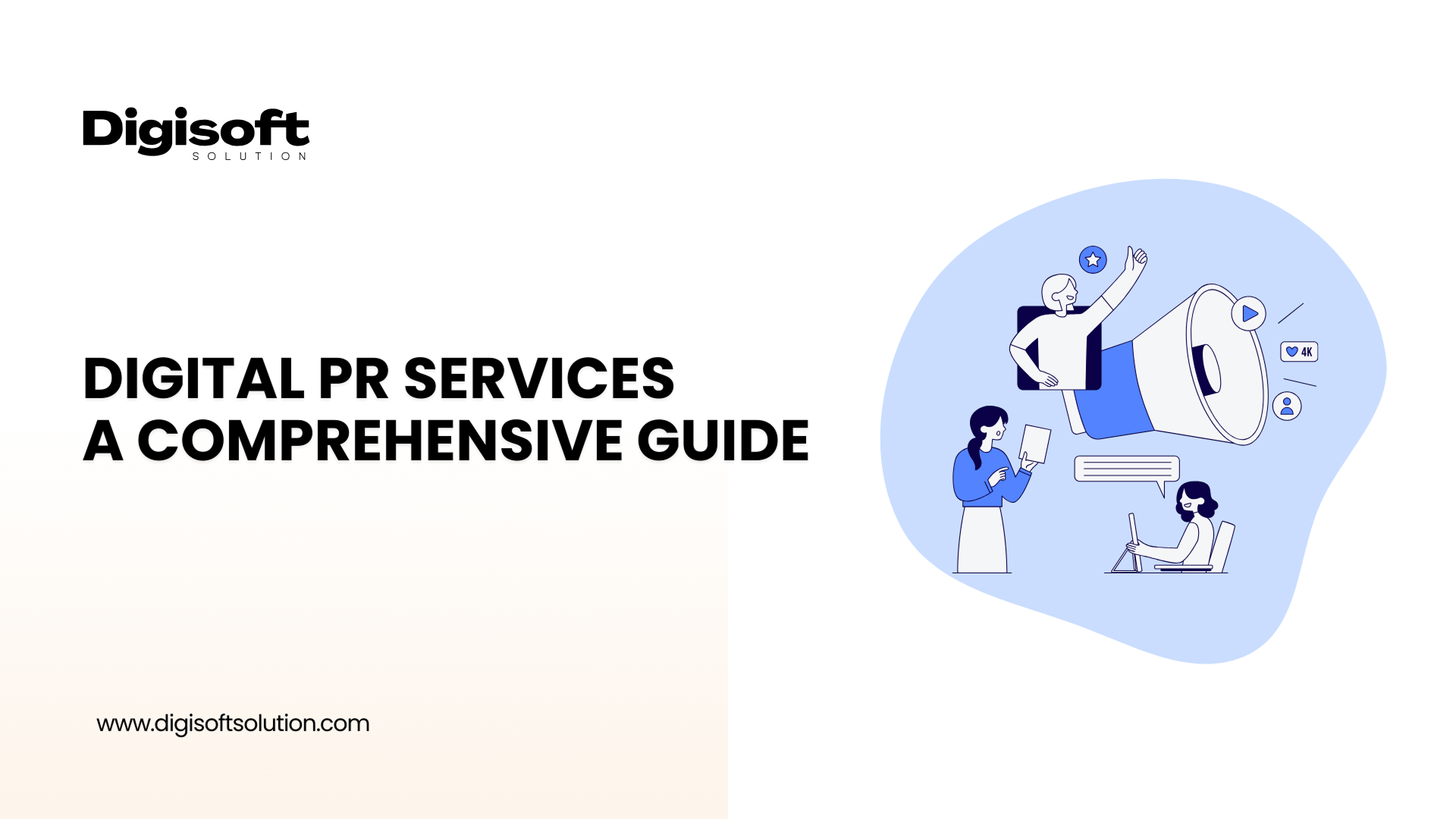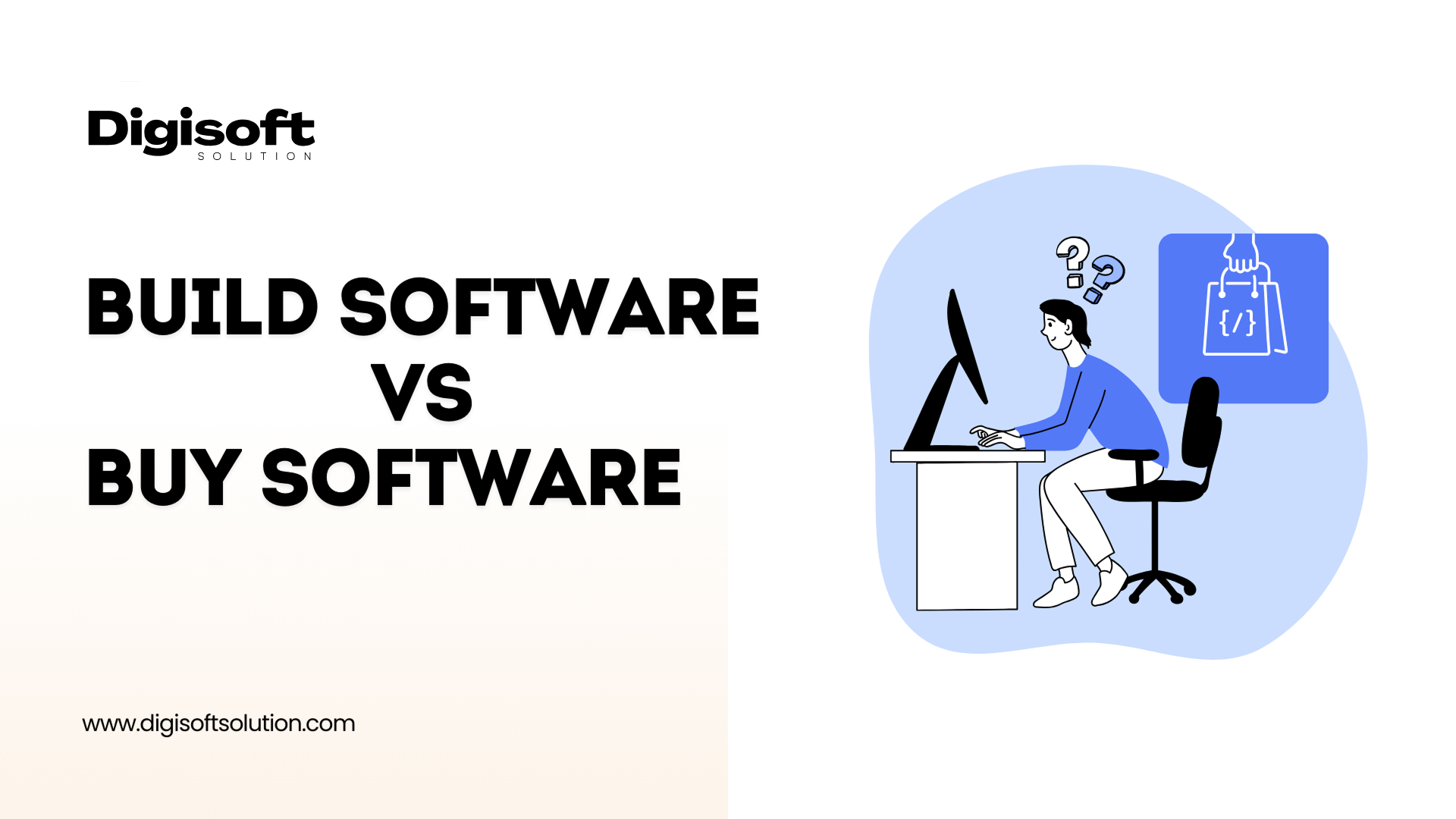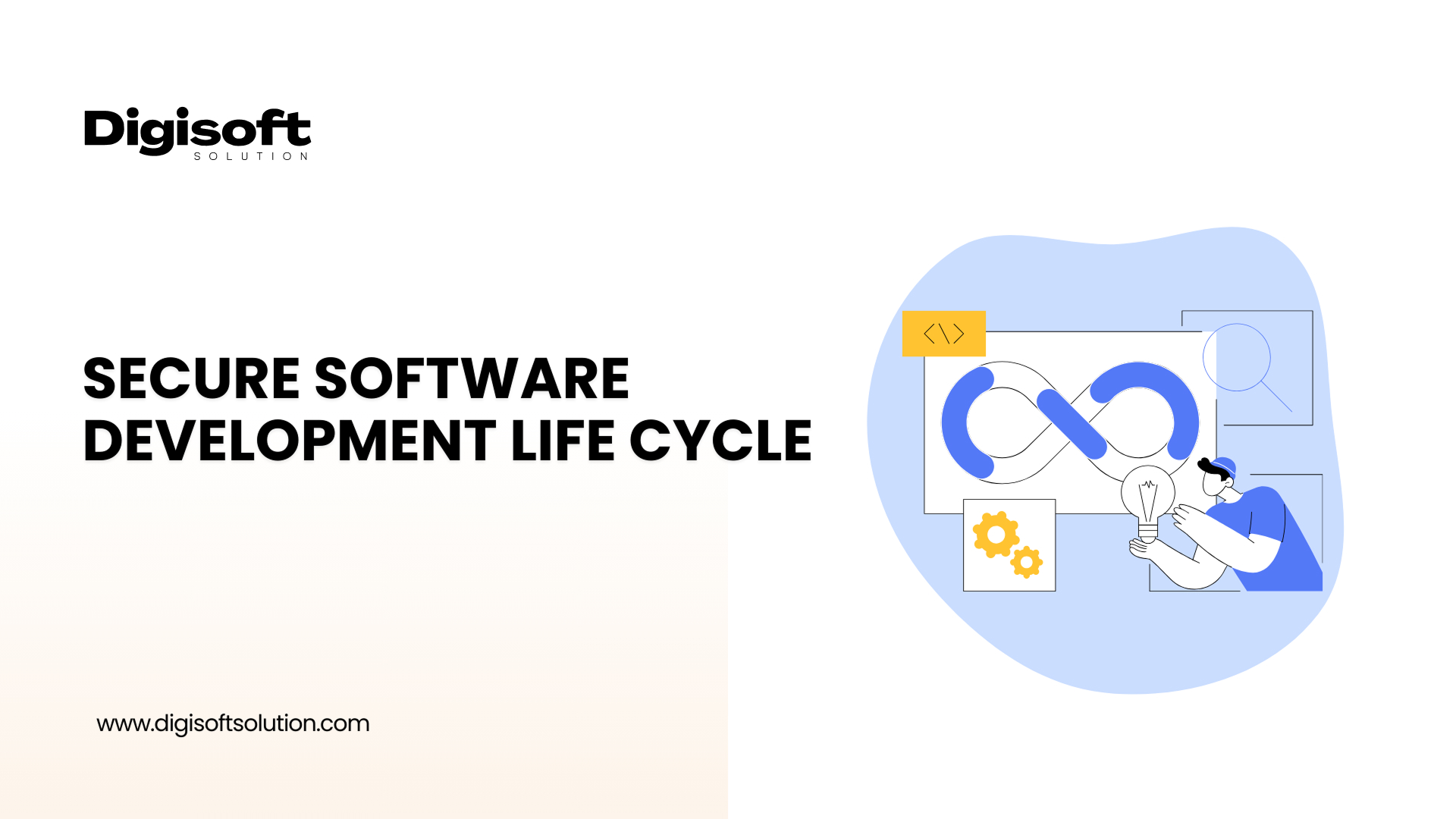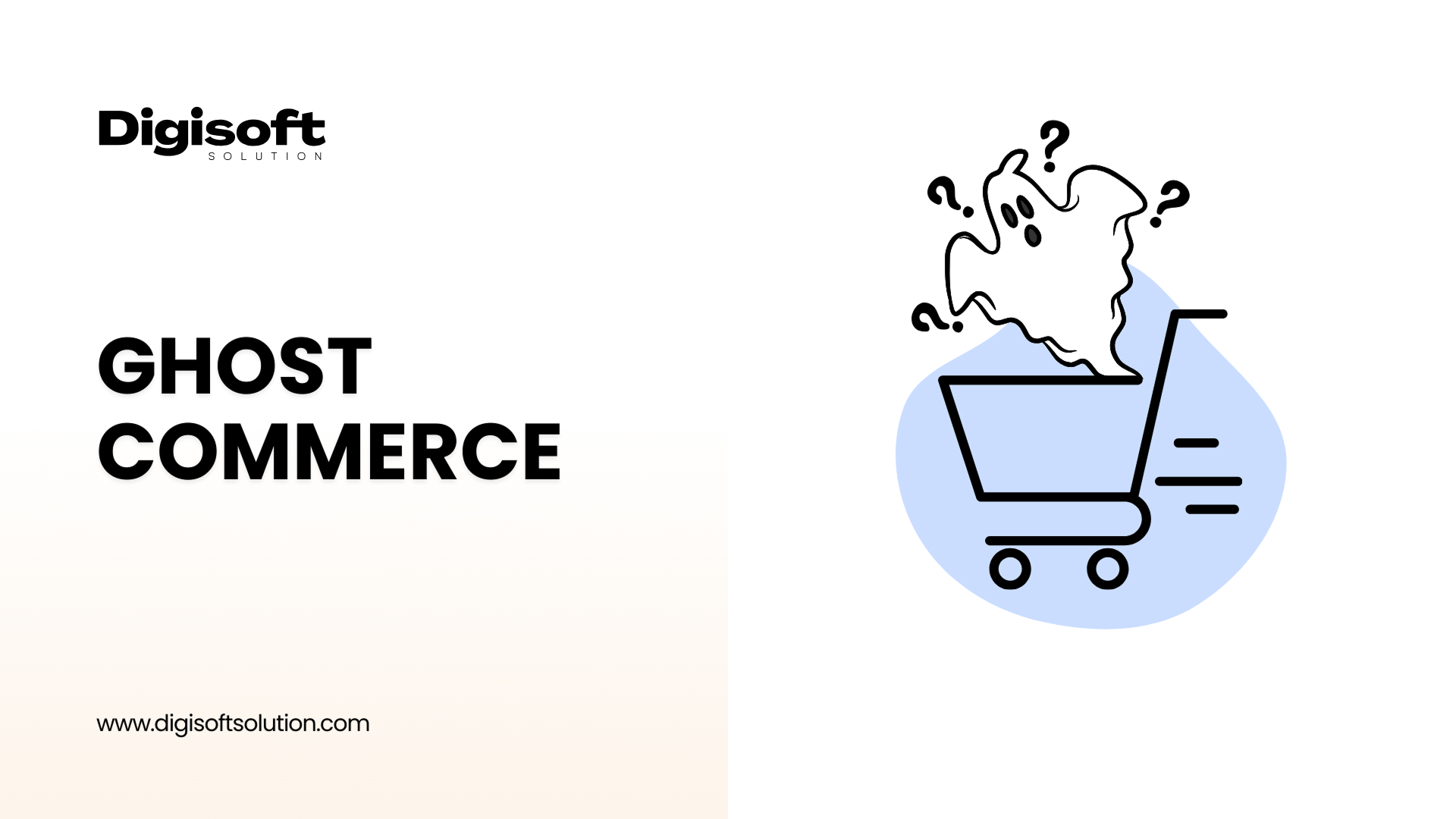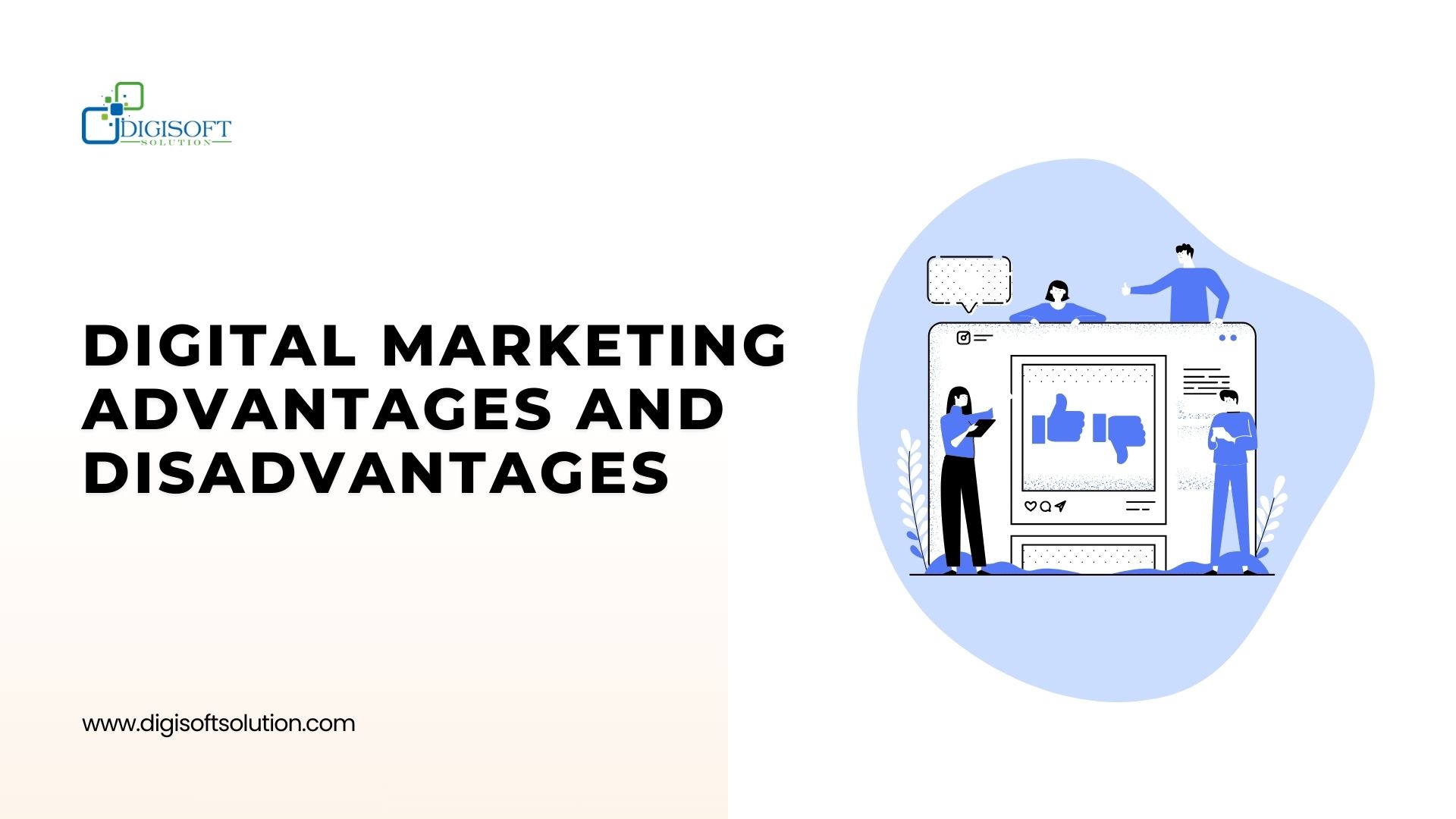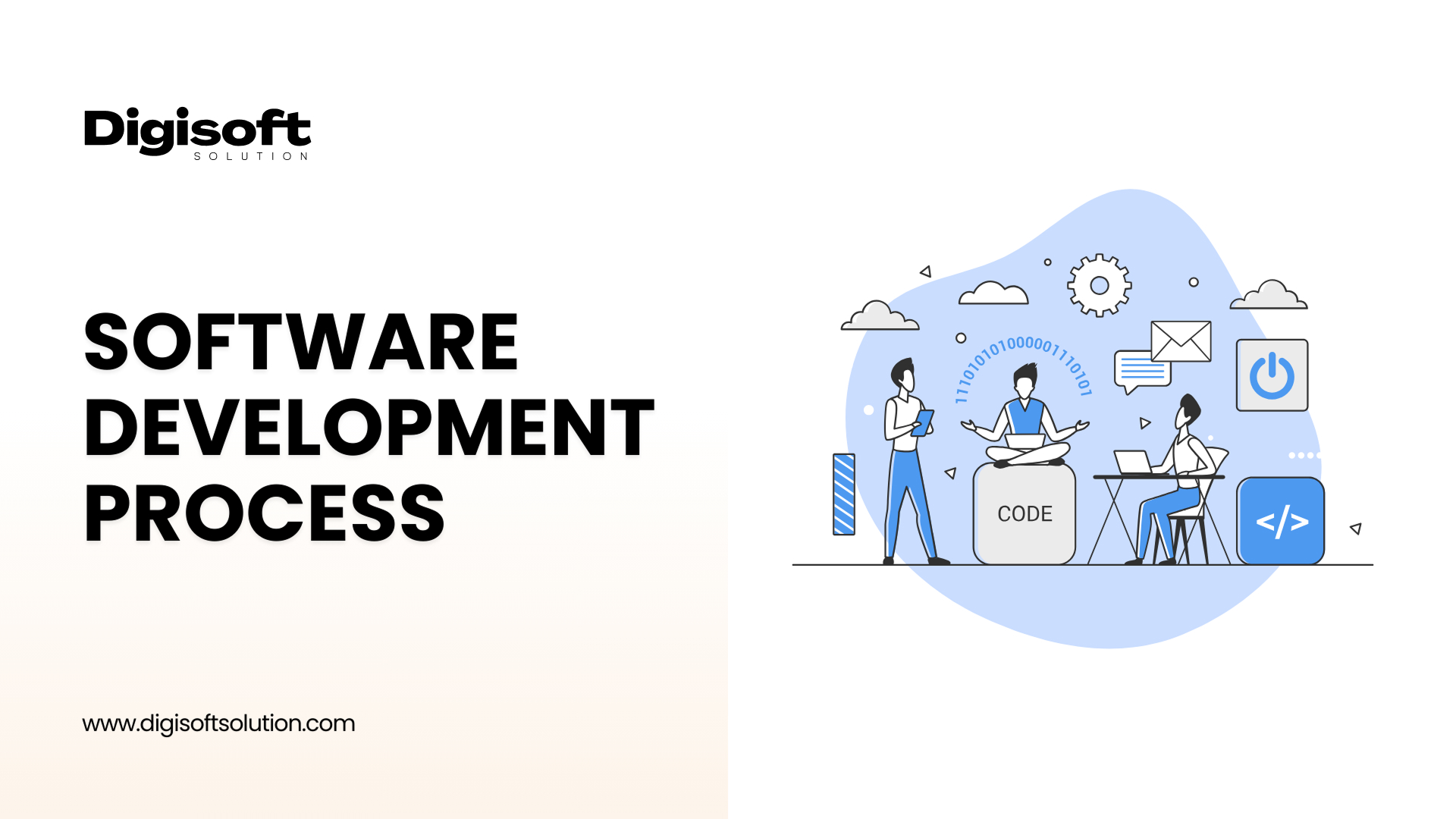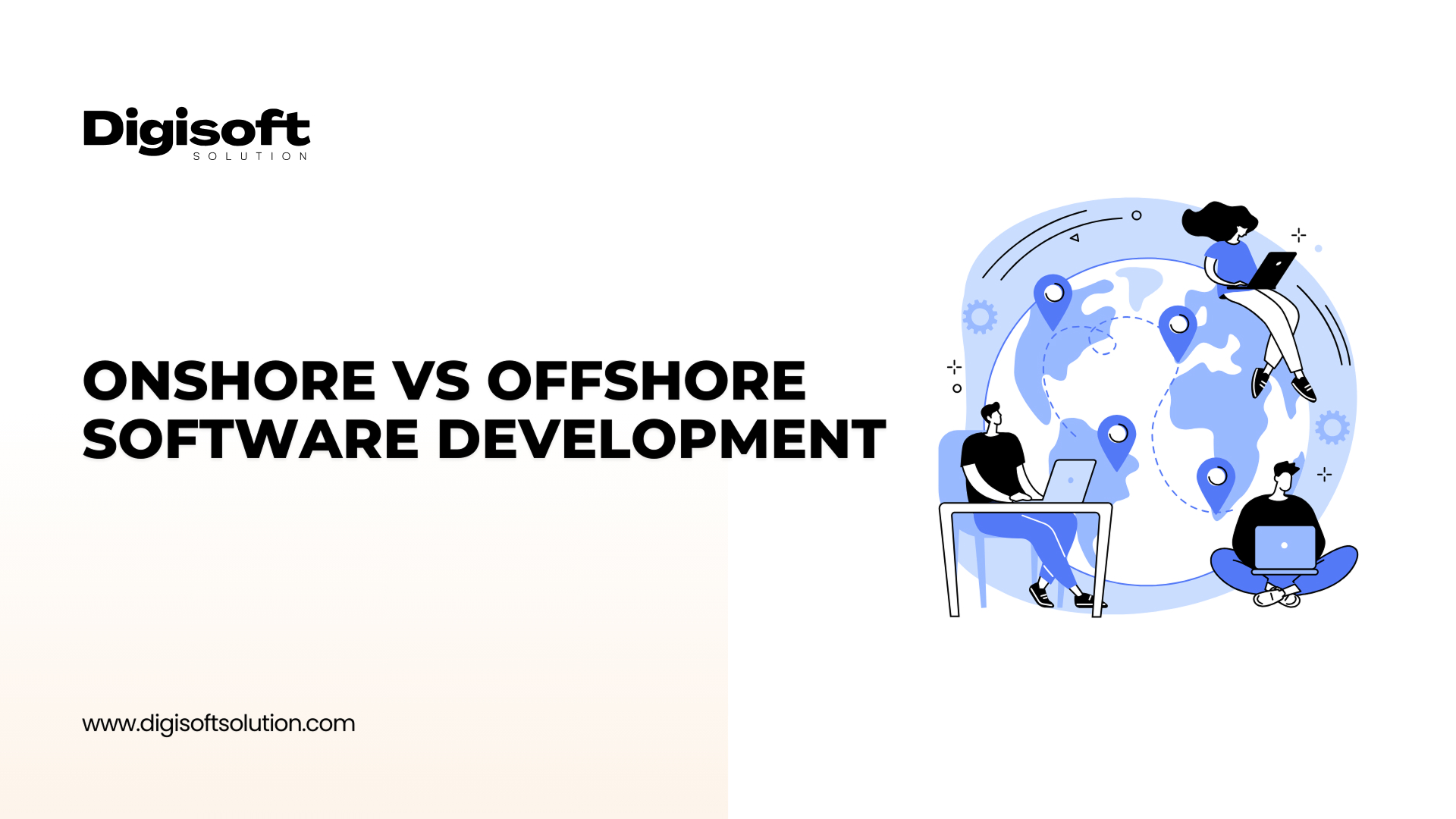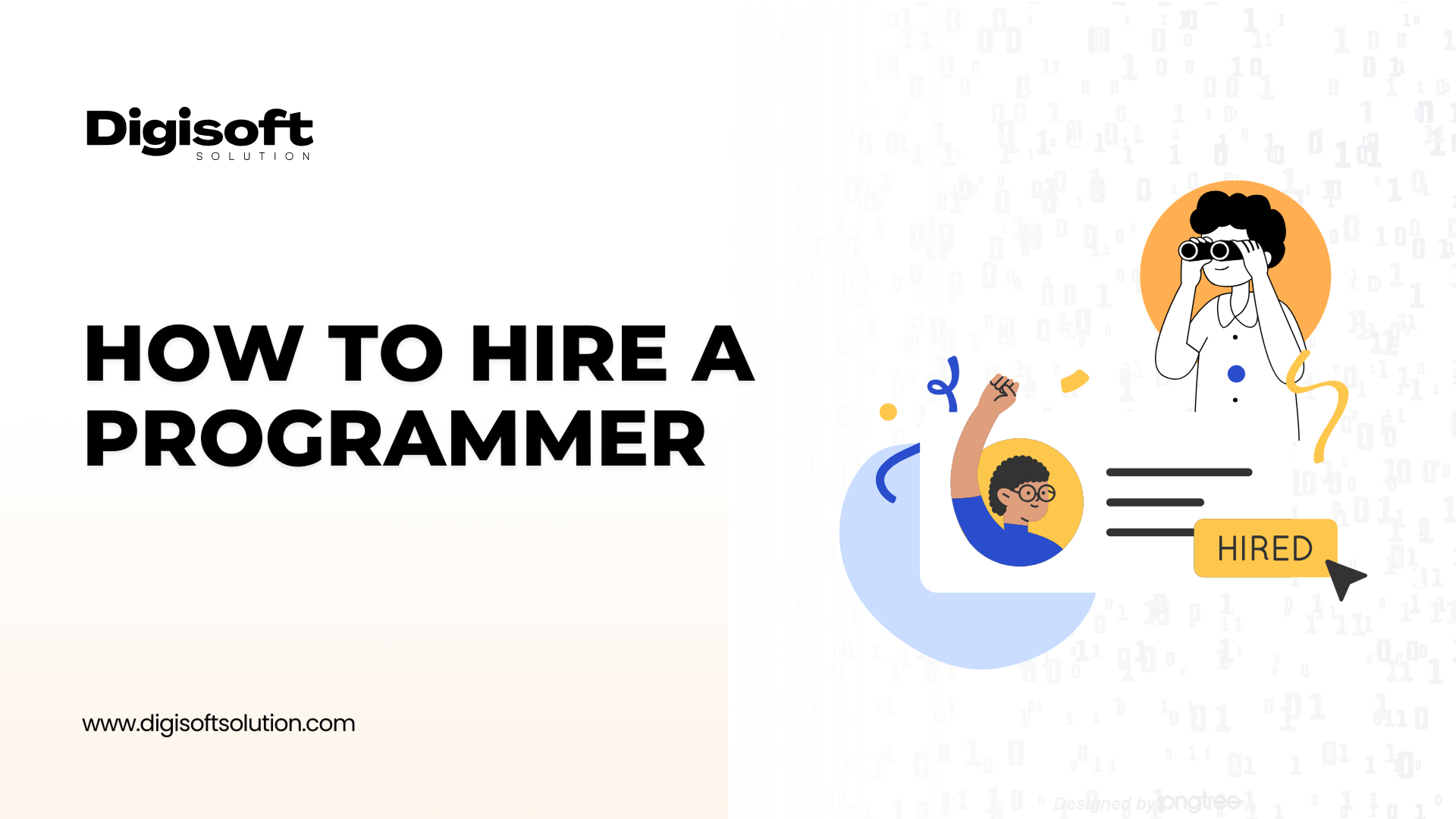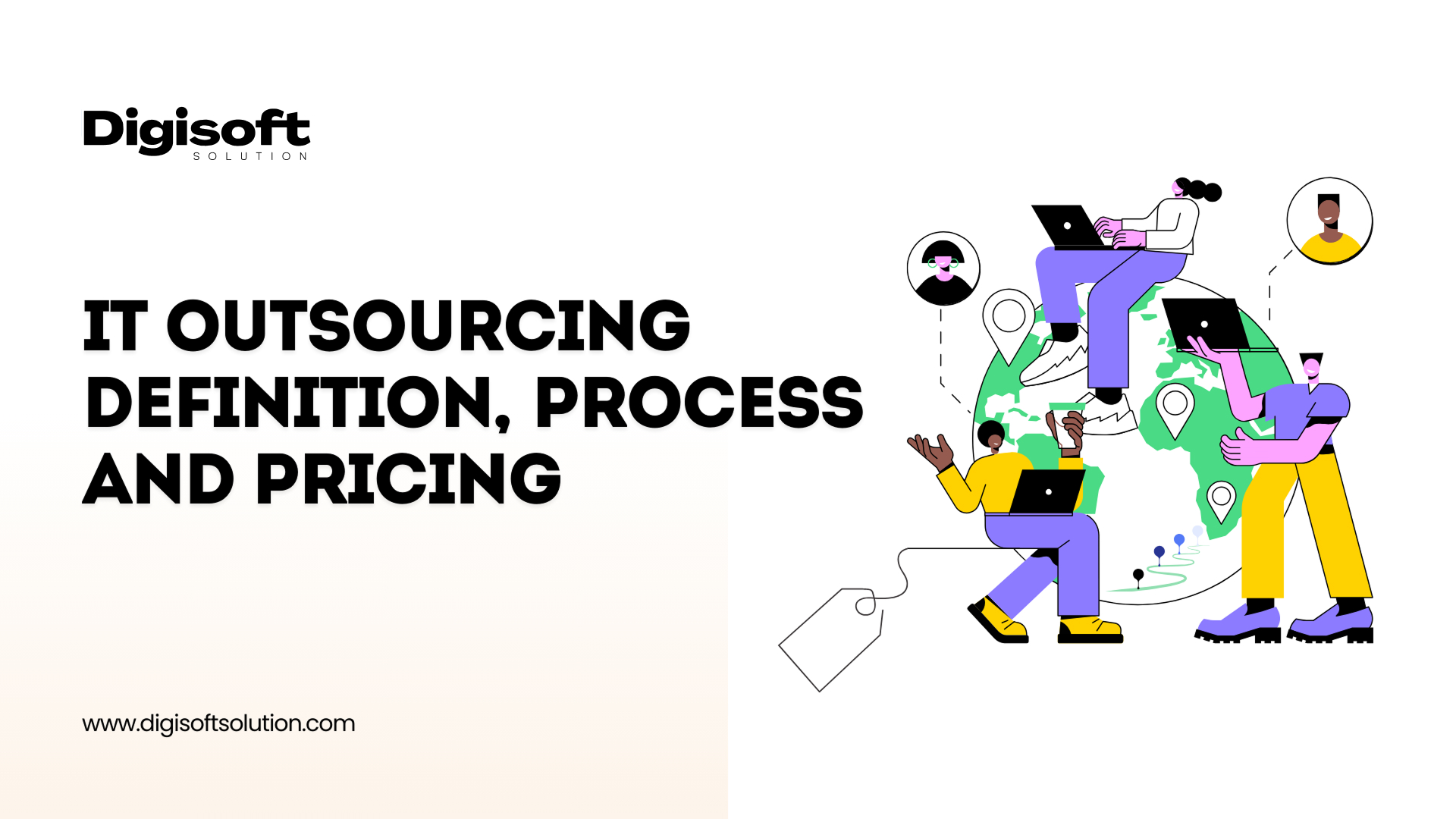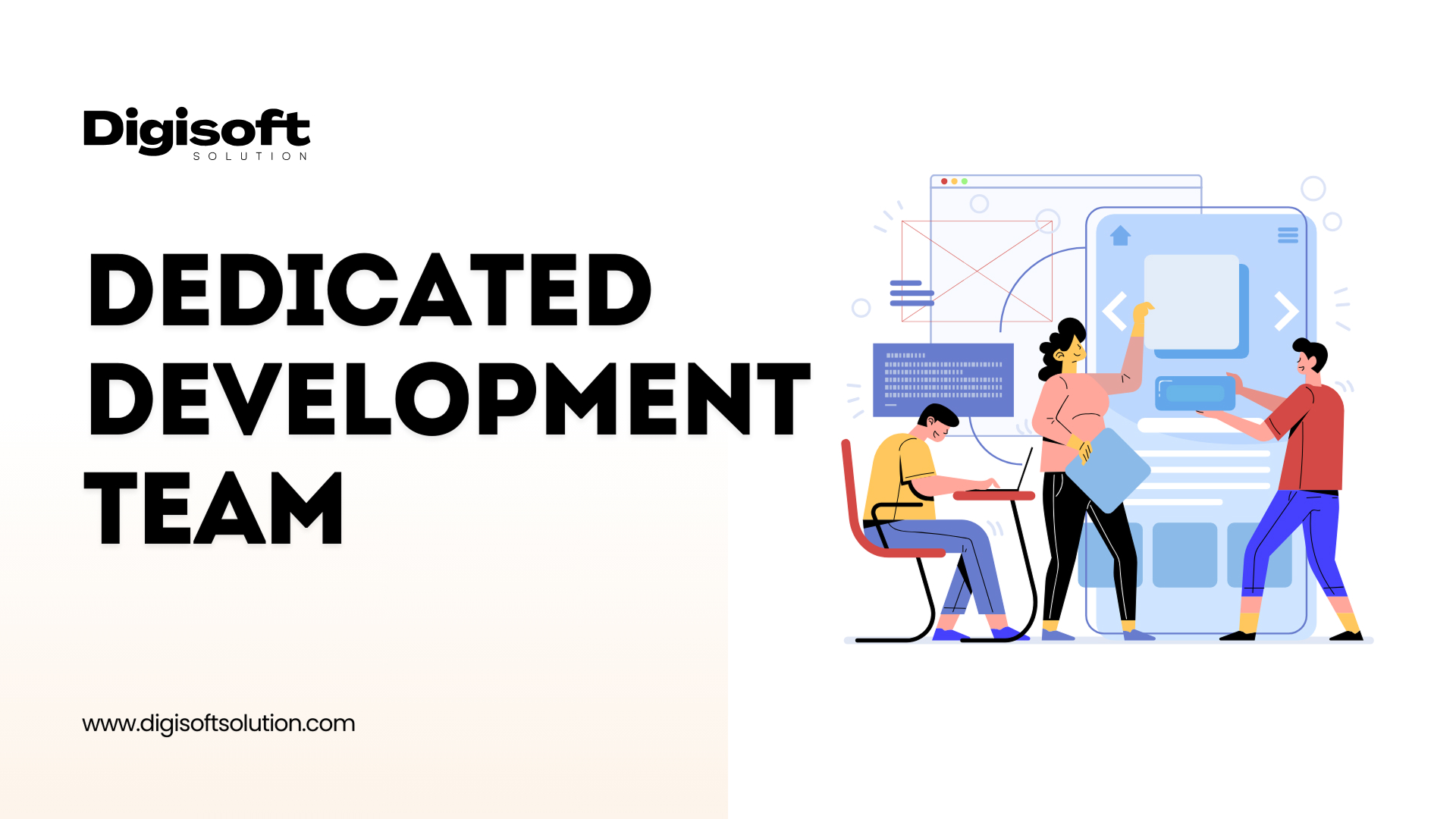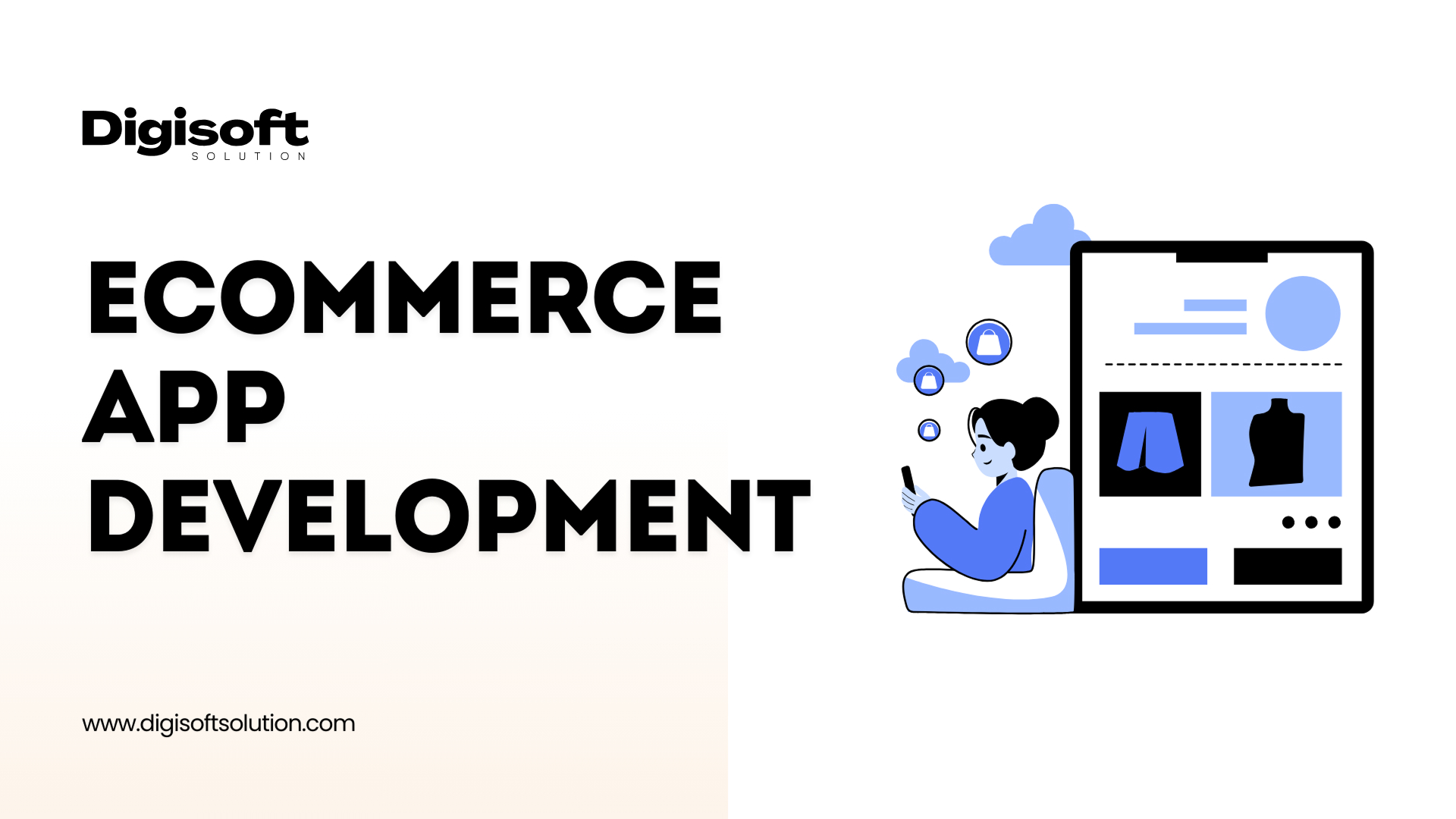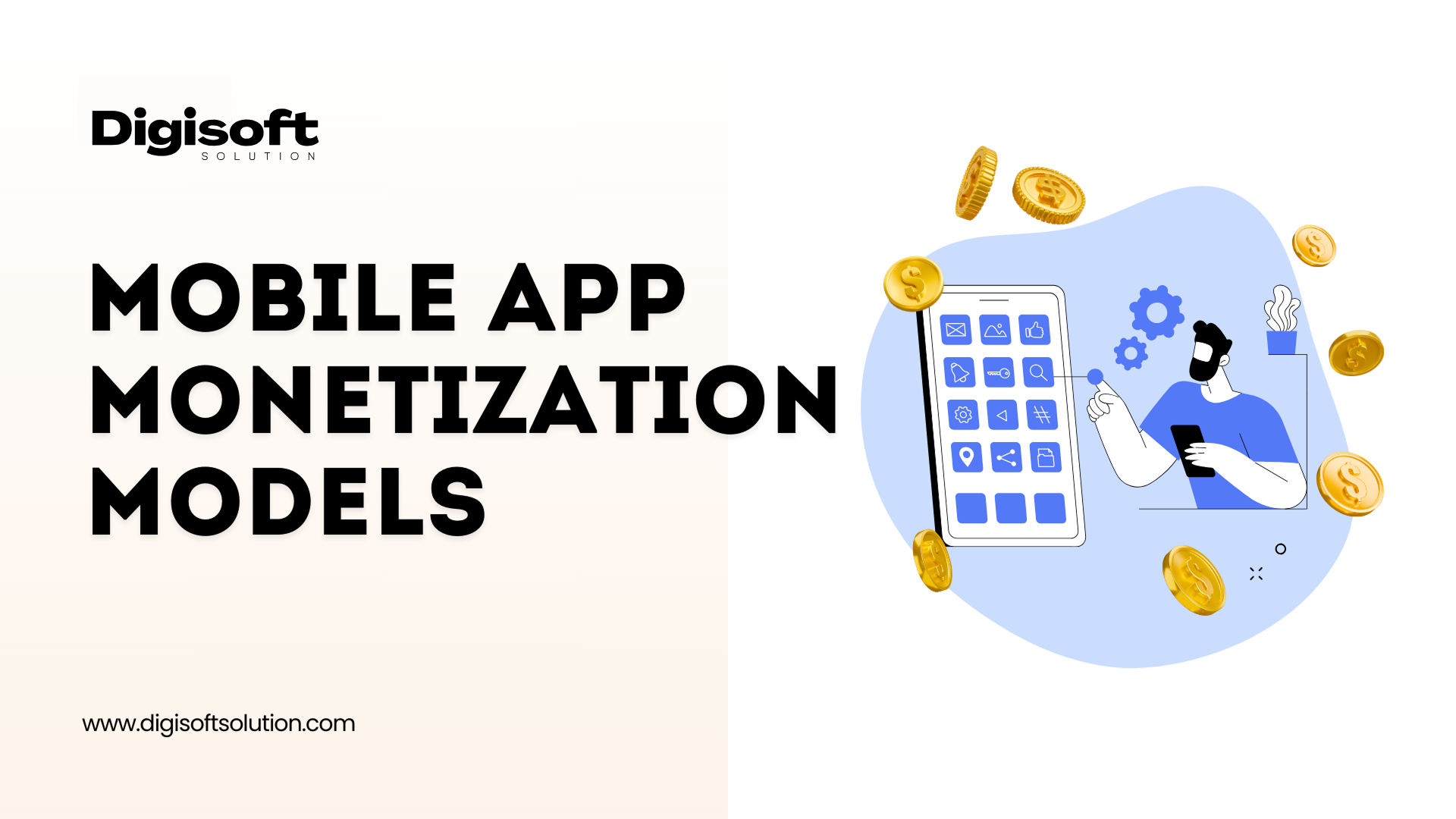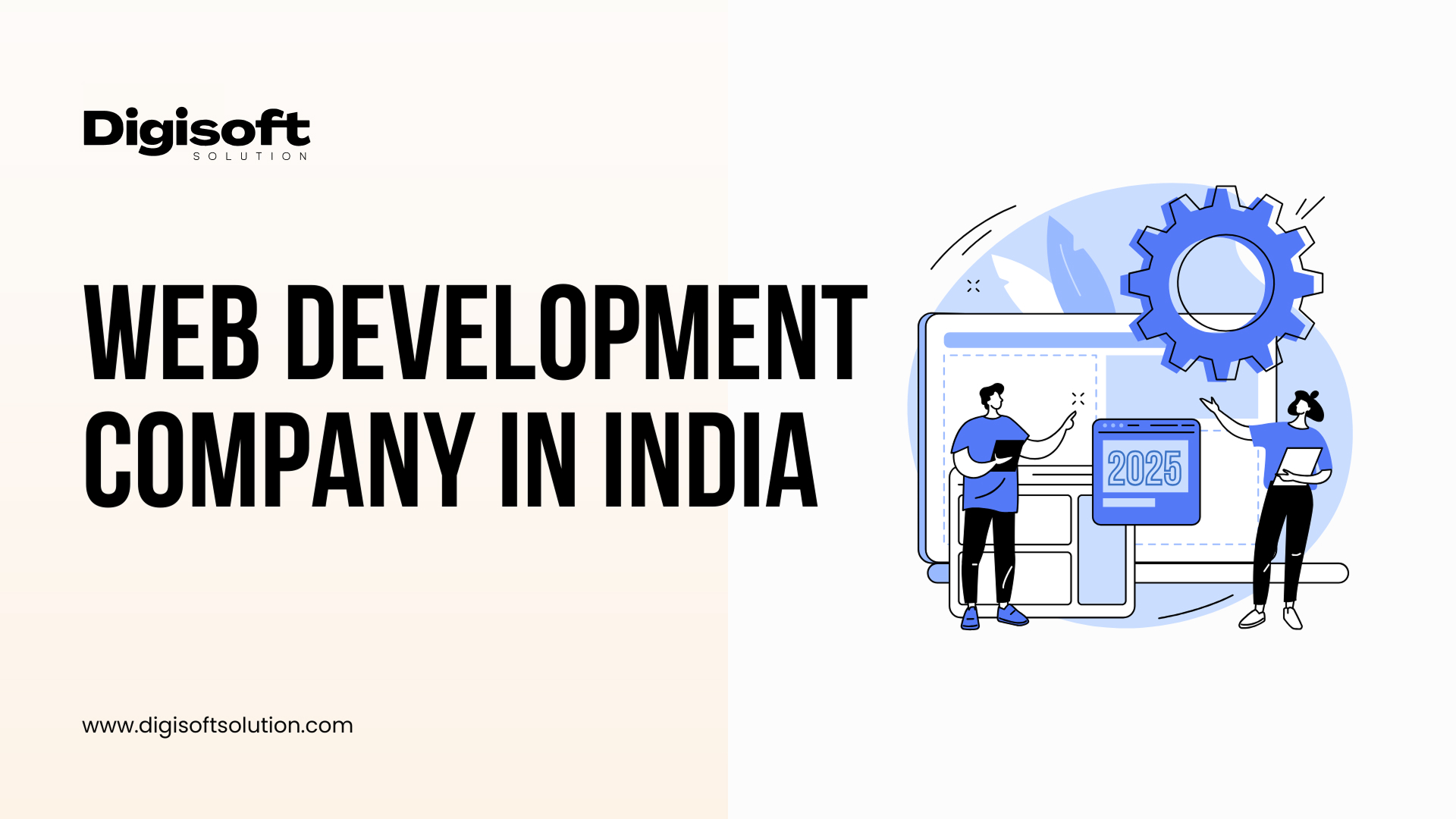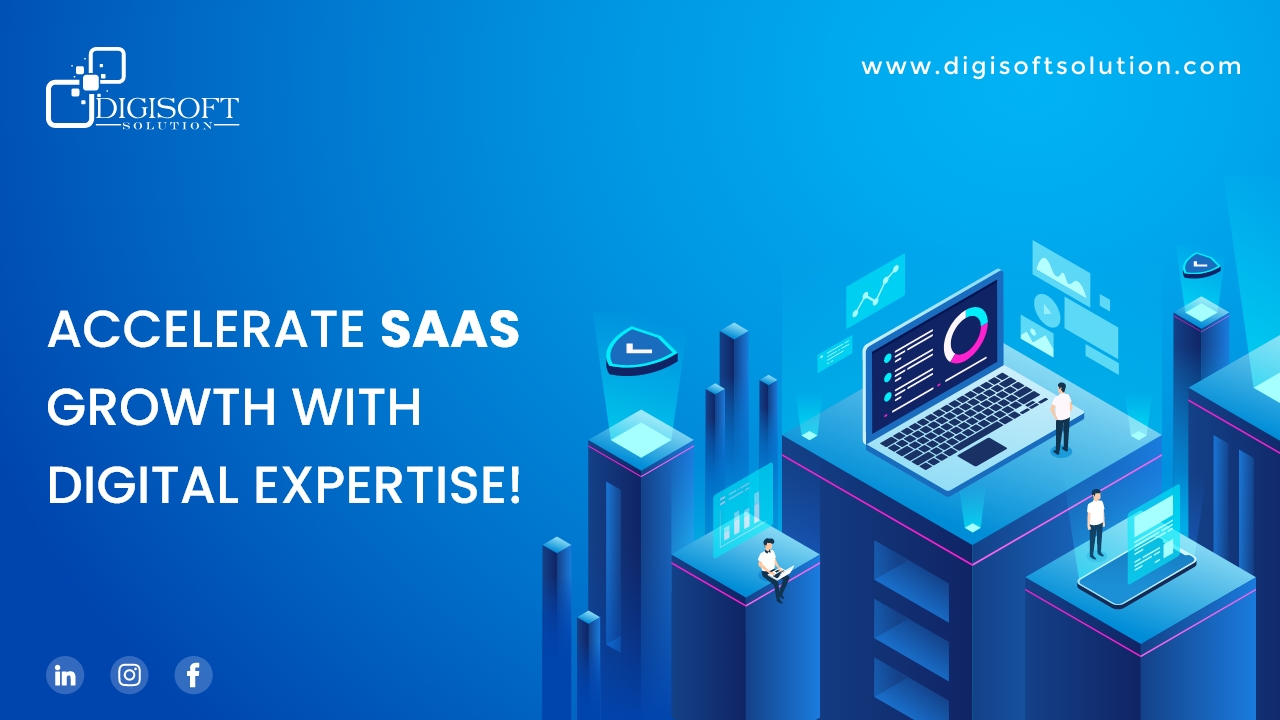Table of Content
- How Does Staff Augmentation Work?
- Types of Staff Augmentation Models
- Key Benefits of Staff Augmentation
- Staff Augmentation vs. Outsourcing vs. Consulting
- Common Staff Augmentation Services
- Selecting the Right IT Staff Augmentation Company
- Staff Augmentation in Practice: Real-World Use Cases
- Challenges and Considerations
- Measuring Success: KPIs for Staff Augmentation
- Conclusion
Digital Transform with Us
Please feel free to share your thoughts and we can discuss it over a cup of coffee.
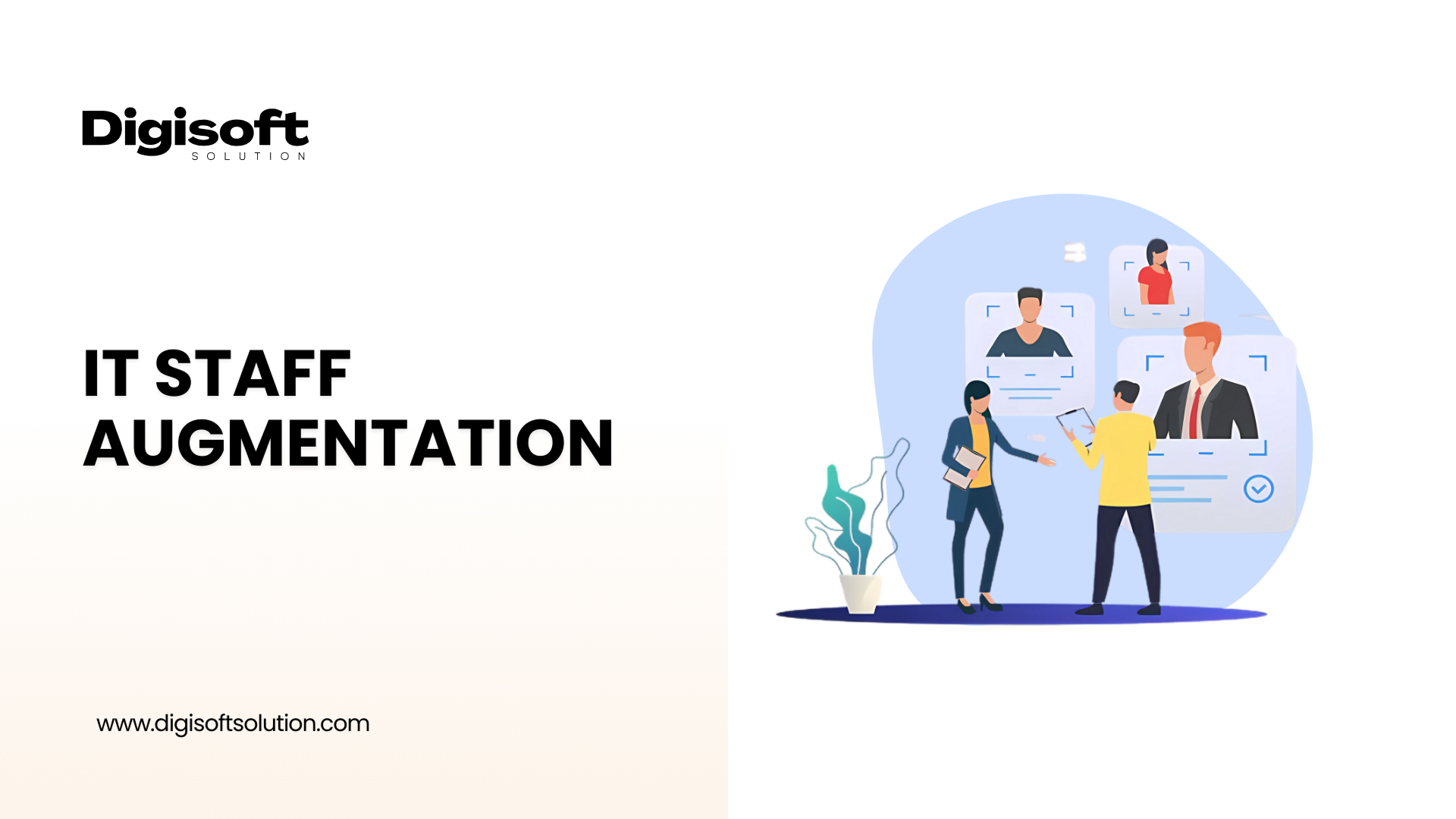
IT Staff augmentation is a method of complementing the in-house team within the organization with external professionals on a temporary, project, or assignment basis. Unlike the IT outsourcing of projects, where entire ownership of projects is given to an external vendor, staff augmentation lends its support to internal management in the control over daily tasks, project direction, and quality standards. One can simply "plug in" one's skilled professionals, ranging from one developer to a full team, to meet a specific demand without the long-term commitment of hiring.
Mainly focused on IT and technology, such fields as specializations in cyber solutions, cloud architecture, or data sciences tend to be rare. Working with an IT staff augmentation company gives you quick access to experienced professionals who understand your industry, tools, and processes, minimizing disruption and allowing smooth collaboration with your existing team.
How Does Staff Augmentation Work?
The process of staff augmentation would tend to follow stages that are typically as follows -
- Needs Assessment: Your organization identifies project requirements or skill gaps. Perhaps you need front-end React specialists, DevOps engineers, or QA testers. It is essential to be articulate about the roles, experience levels, and the length of the project.
- Partner Selection: You have approached a big staff augmentation companies in usa and sought assistance in sourcing candidates. The best providers have large talent pools and a thorough screening process that ensures quality.
- Candidate Shortlisting and Interviewing: The hiring manager goes over the resumes, conducts technical interviews, and reviews professionals for skills and culture fit.
- Onboarding and Integration: The cause of orientation and the tools and access necessary to work will be provided to augment the staff. The formation of effective communication and collaboration platforms is then put into effect.
- Ongoing Management: You will monitor daily tasks, set benchmarks, and review performance, essentially the same way you would with a permanent workforce.
- Project Completion or Transition: When the goals are achieved, the assignment is terminated. If an augmented professional proved to be very valuable, you would consider extending the contract or transforming it into a permanent position.
Adopting this flexible model, you can significantly keep your current staff scale yet be ready to scale up or down according to the project dynamics.
Types of Staff Augmentation Models
Staff augmentation employs a variety of models to serve different organizational needs:
- Temporary Employees: For immediate workload requirements and short-term placements, whenever you need to hire for the duration of a project while avoiding idle costs.
- Contract-to-Hire: It’s a setup where contractors start working on a temporary basis, and if they perform well, they can later be hired as permanent employees.
- Specialized Skill Augmentation: When a complex project needs experts like AI/ML engineers or blockchain developers, those specialists join your team and work with you.
- Nearshore Staff Augmentation: Talent being brought in from nearby time zones (in particular, Latin America for U.S. companies) to strike a balance between cost savings with cultural fit and real-time collaboration.
- Technology Staff Augmentation: This is specific to certain fast-moving tech fields- cloud, DevOps, and cybersecurity- where there is an emphasis on continuing to upskill.
All staff augmentation models have their respective advantages, and choosing the appropriate one guarantees optimal consumption of resources, budget control, and project achievement.
Key Benefits of Staff Augmentation
- Economical Scaling: This is a significant benefit because hiring full-timers entails recruitment and training costs, while with staff augmentation, you pay only for the hours or months professionals work without incurring any permanent salary, benefit, or severance costs.
- Entry to Specialized Expertise: Easily connect with experienced professionals from around the world such as DevOps engineers, UX designers or data scientists without spending a lot of time on hiring. This kind of fast access could end up being a competitive differentiator in the delivery of truly innovative solutions.
- Agility and Flexibility: Scale your team according to the different phases of your project, the budget, or shifts in your market. It is invaluable, especially in sectors where the scope of projects and the technologies evolve quickly.
- Faster Time-to-market: Since skilled professionals start contributing soon after joining, development takes less time, so you can launch new products and updates more quickly.
- Reduced Risk: You will minimize the risk if project requirements change, allowing you to change the number of people on your team without layoffs or legal issues. This applies to most future project risks because there is no commitment to long-term hiring for uncertain future projects.
Staff Augmentation vs. Outsourcing vs. Consulting
| Model | Description | Best Suited For | Control & Management |
| Staff Augmentation | You make all decisions and directly manage the augmented staff. | When you need extra help or have niche skill requirements, and have strong in-house project management. | High control and direct management. |
| Consulting | Consultants offer strategic planning, high-level architecture, and best practices. Usually short-term and high-cost. | For advisory roles, strategic direction, or implementing expert solutions when needed. | Medium control; mostly advisory. |
| Outsourcing | You hand over the entire project or process to an external partner. | When you want to reduce internal workload and focus on core activities. | Low control; limited oversight on execution. |
Each option works best depending on the project’s complexity, your team’s skills, and how much control you want. In many cases, a mix of staff augmentation with consulting or some outsourcing gives the best results.
Common Staff Augmentation Services
The best staff augmentation services across organizations will offer the entire bouquet of services:
- Software Development Staff Augmentation: Software Development Staff Augmentation offer specialized skills in .NET, Java, Python, JavaScript frameworks, and mobile platform development.
- Quality Assurance and Testing: Manual and automated testing is done by testers having proficiency in using tools such as Selenium, Cypress, and Appium.
- DevOps and Cloud: Engineers proficient with AWS, Azure, Google Cloud, CI/CD pipelines, and Infrastructure as Code.
- UI/UX design: Designers who are good, proficient in Figma, Sketch, and Adobe XD and use a user-centric approach to design.
- Data and Analytics: Data engineers, scientists, and analysts who are experienced in ETL, BI platforms, and machine learning.
Check the screening processes, talent retention rates, and performance with IT staff augmentation.
Selecting the Right IT Staff Augmentation Company
If you want to achieve a maximum return on investment, select the IT staff augmentation companies in usa option that has:
- Solid Talent Pool: Referring to skilled people with different types of training or expertise.
- Rigorous Screening: Such as technical probe, coding challenges, and soft skills evaluation.
- Culture and Communication: Like English proficiency and time zone (or time block) alignment, not to mention a collaborative attitude.
- Scalability and Flexibility: Ability to ramp up or down in a team at speed and adjust resources according to feedback.
- Transparent Pricing and Terms: Cognizance of hourly or monthly rates, minimum engagement periods, and flexible contracts.
Digisoft Solution is just one such example of an organization offering those kinds of perks by offering open channels toward customized technologies.
Staff Augmentation in Practice: Real-World Use Cases
- Rapid Feature Expansion: A SaaS provider was expected to release new AI-driven analytics features within six months. The development was fast-tracked by adding data scientists and DevOps engineers while the core group remained focused on platform stability.
- Seasonal Traffic Surge: An e-commerce retailer anticipated holiday sales spikes, requiring extra QA and support engineers for testing and monitoring 24/7. Temporary augmentation ensured continued flawless user experiences during peak demand.
- Enterprise System Migration: A financial institution is embarking on a multi-year migration to a cloud-native architecture. Using a staff augmentation model, cloud architects and security specialists work alongside in-house teams to strike the right balance between expertise and continuity.
Challenges and Considerations
While staff augmentation offers myriad advantagesWhile staff augmentation offers myriad advantages, it needs to be undertaken with an eye for possible pitfalls:
- Onboarding Effort: Temporary professionals must go through some orientation to the company's culture, tools, and processes. Effective strategies for the transfer of knowledge are of utmost importance.
- Communication Overhead: In Onshore or offshore teams, the risk of language barriers or misaligned expectations exists. Ensure clear communication protocols, leverage collaboration tools, and schedule periodic check-ins.
- Team Cohesion: The presence of external talent may potentially raise concerns regarding job security among full-time employees. Be transparent about project goals and the temporary nature of such augmentations.
- Intellectual Property and Security: Develop strong NDAs, access controls, and security policies to protect sensitive data. Select augmentation partners with robust compliance and governance frameworks.
Measuring Success: KPIs for Staff Augmentation
These monitoring mechanisms or key performance indicators give you insight into the effectiveness of your staff augmentation activities:
- Time-to-Hire: Average duration time for recruitment and onboarding of resources.
- Productivity Indicators: Velocity of delivery of features, resolution of bugs, and sprint completion percentages.
- Quality Indicators: Defect density, incidents after launch, and user satisfaction scores.
- Cost Efficiency: Augmentation costs compared to the cost of permanent hires, including recruitment and training overheads.
- Resource Utilization: Billable hours, productive time, and effective capacity management.
Monitoring these metrics regularly allows for optimizing engagement models, fine-tuning vendor selection, and ensuring lasting success for the involved stakeholders.
Conclusion
Software development staff augmentation provides an agile, innovative, and cost-effective way of working for any business now and in the future. Filling skill gaps through external experts for short time requirements or long-term projects will help to accelerate deliveries and scale easily without the burden of permanent hires.
Digisoft Solution specializes in offering staff augmentation companies in the USA that are customized to your unique development objectives. From our talent pool to our rapid onboarding process and transparent procedures, you get the right professionals at the right time.
Want to expand on your development capacity? Then reach out to Digisoft Solution today and power your growth with confidence!
Digital Transform with Us
Please feel free to share your thoughts and we can discuss it over a cup of coffee.
 Parampreet Singh
Parampreet Singh
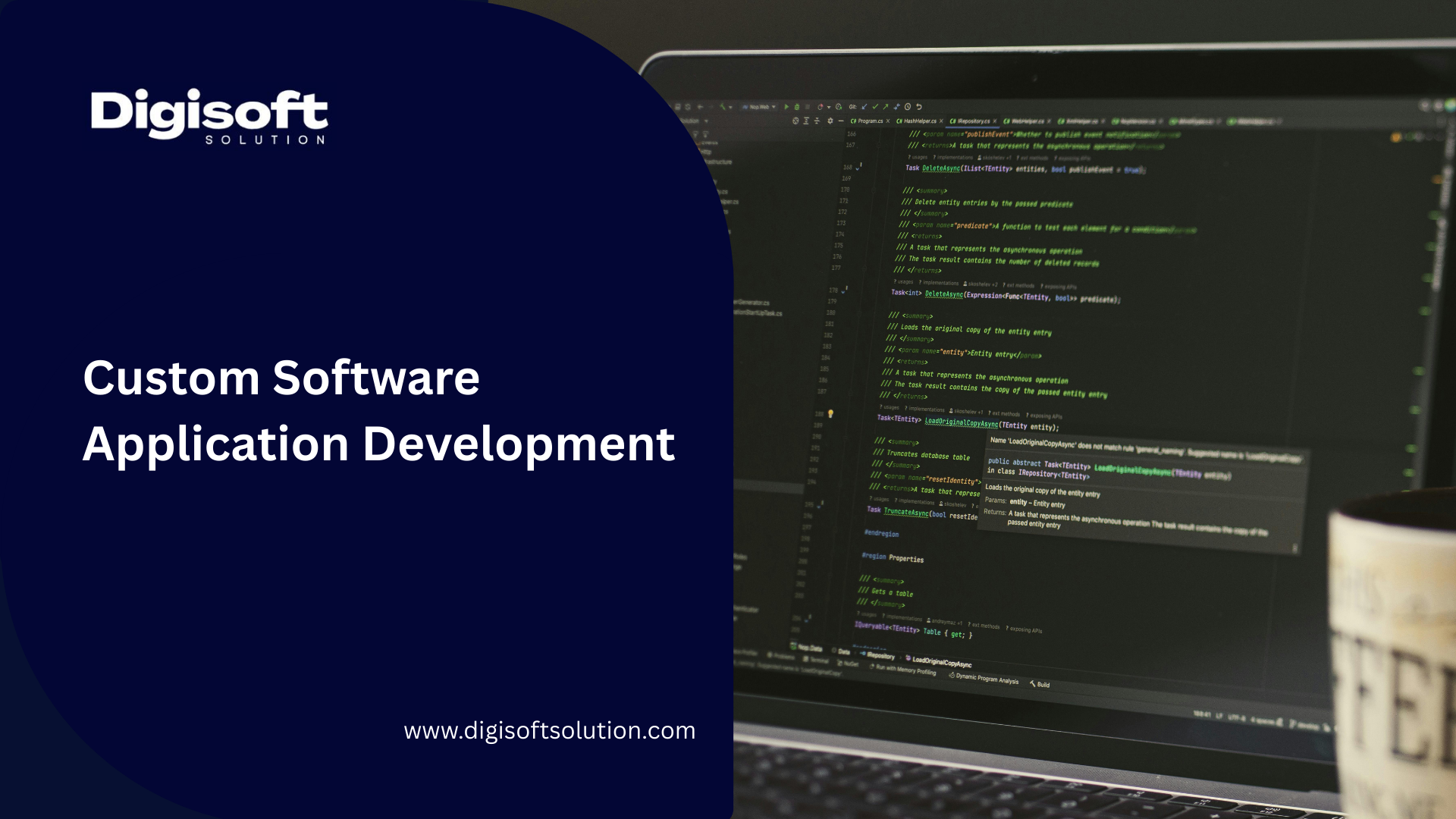
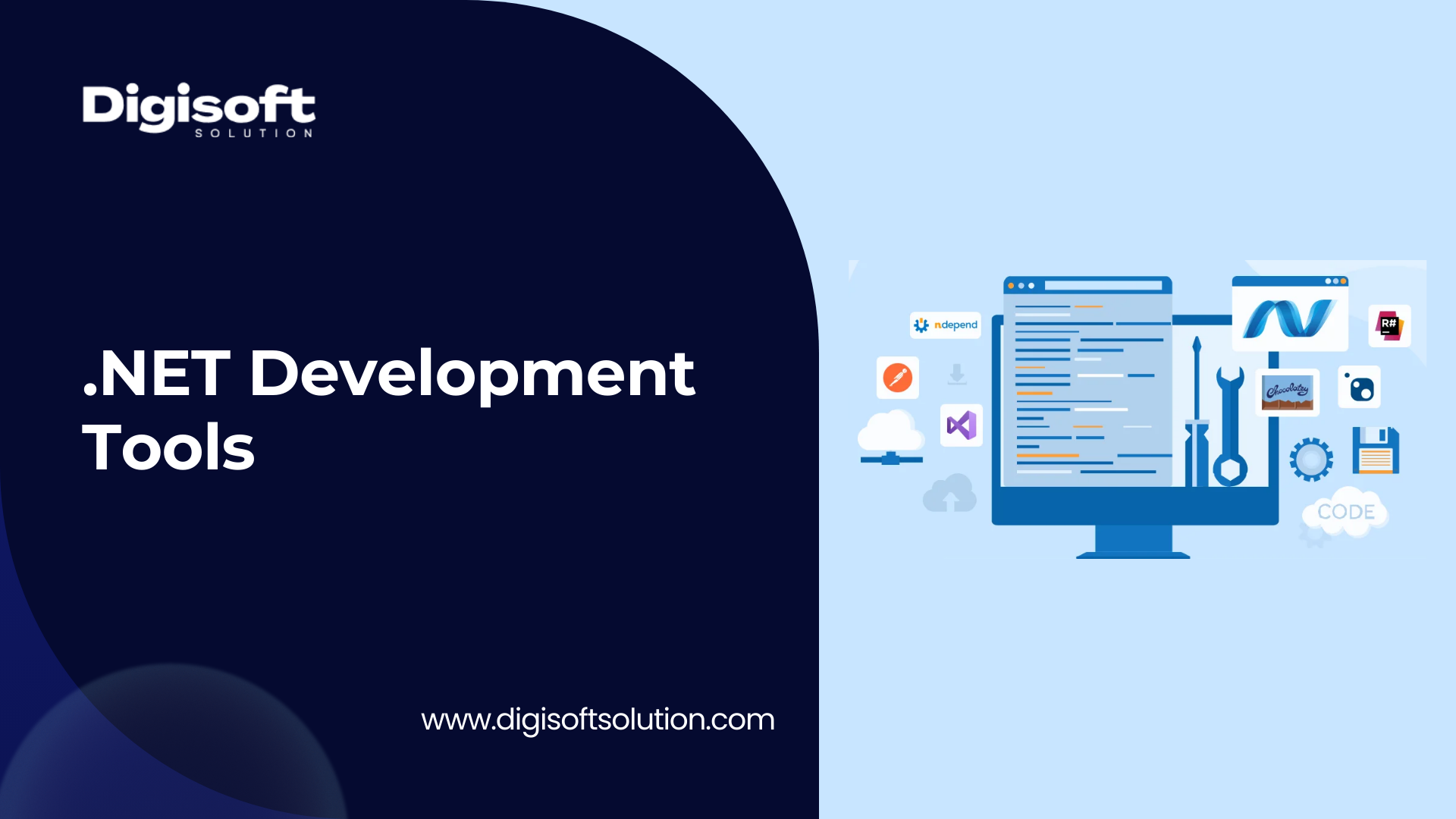
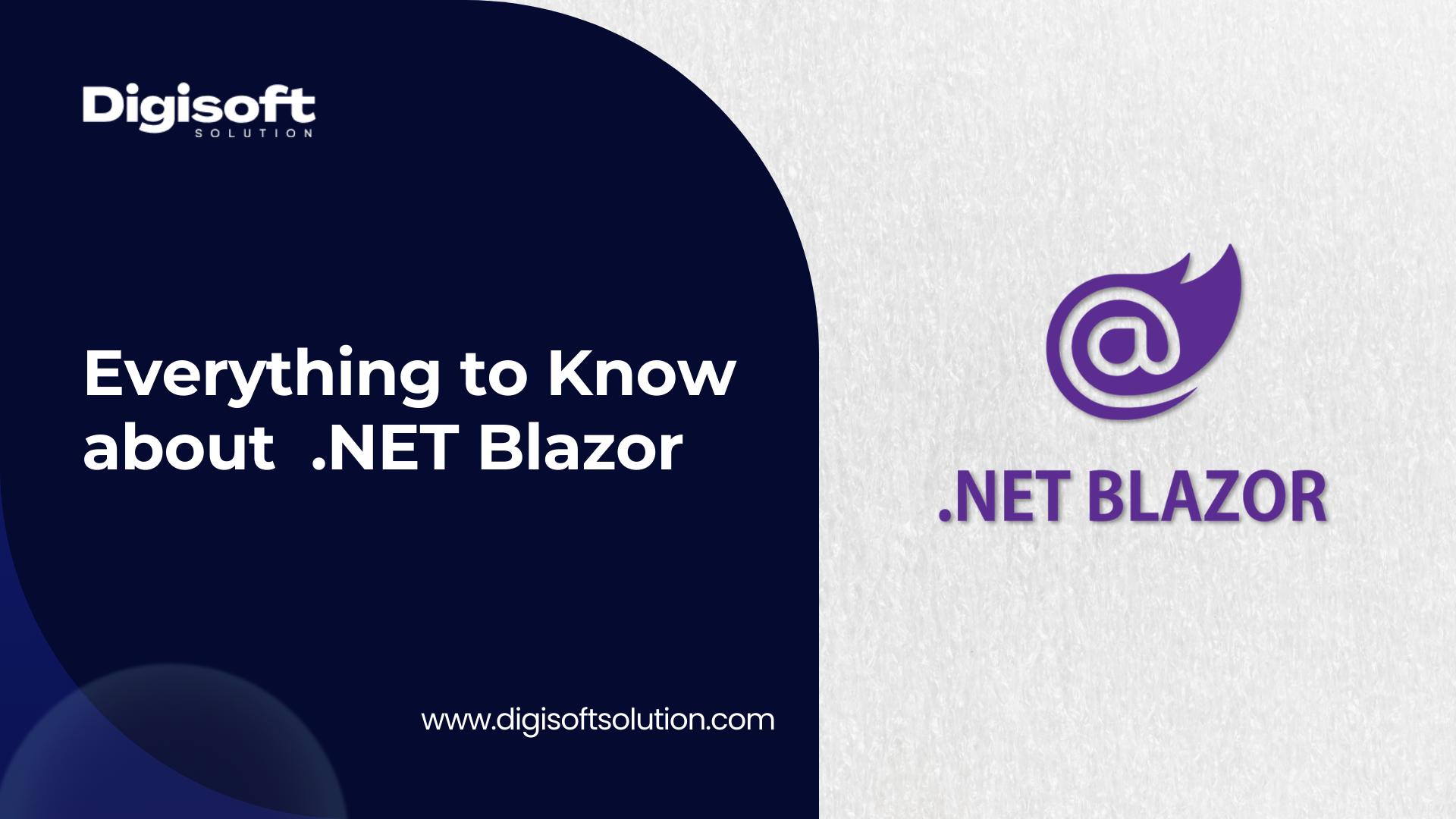
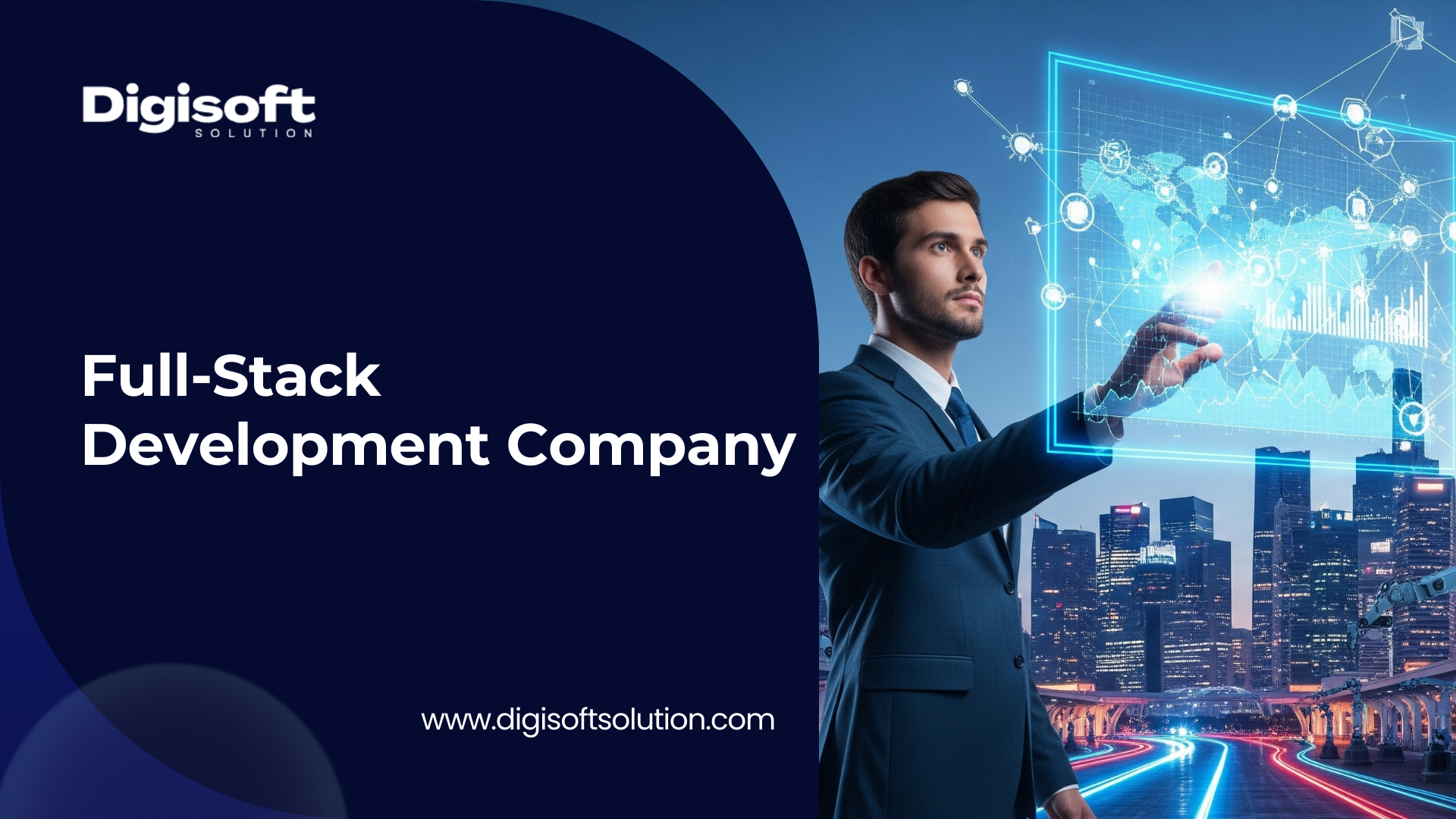
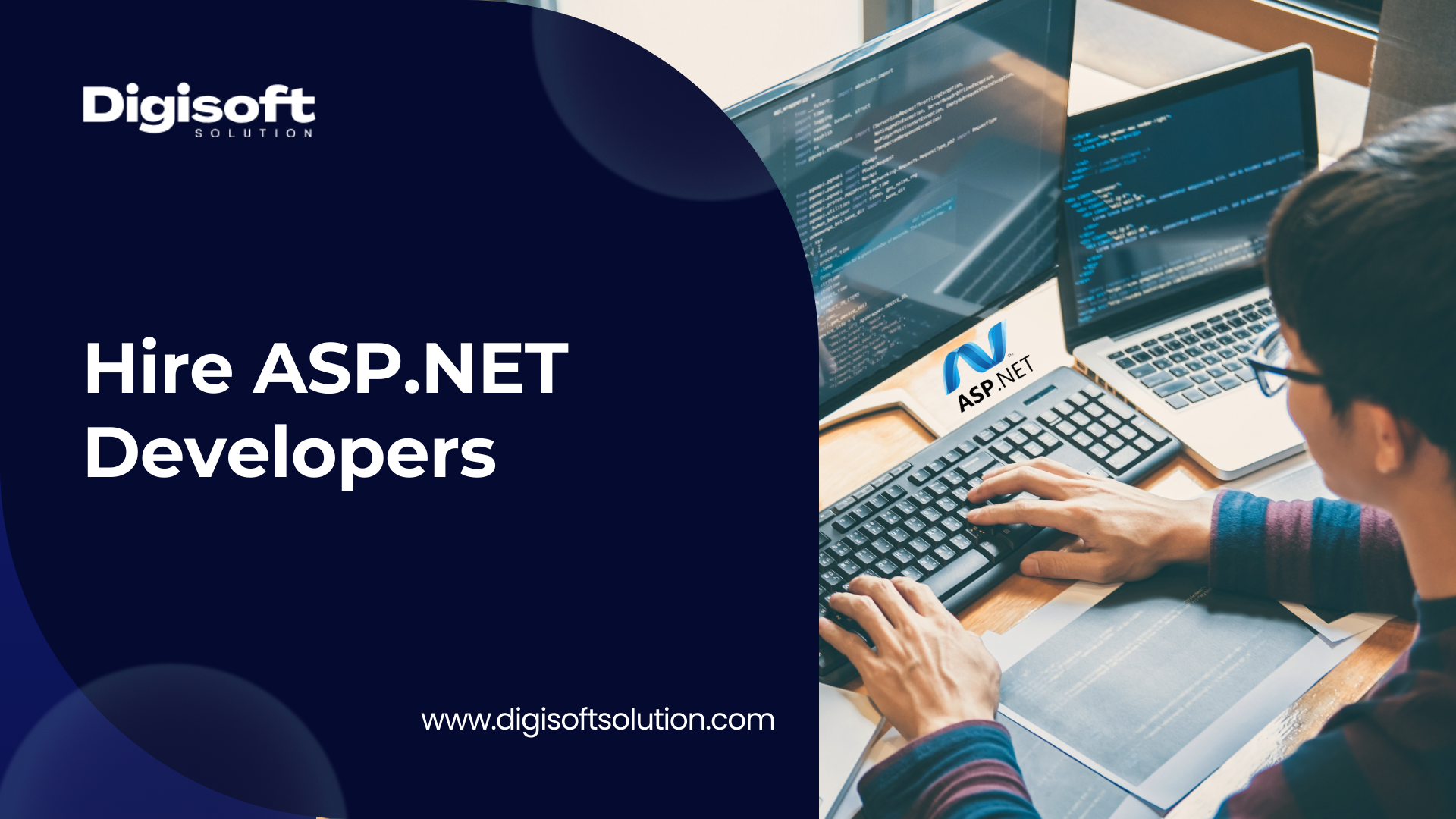



 Kapil Sharma
Kapil Sharma

